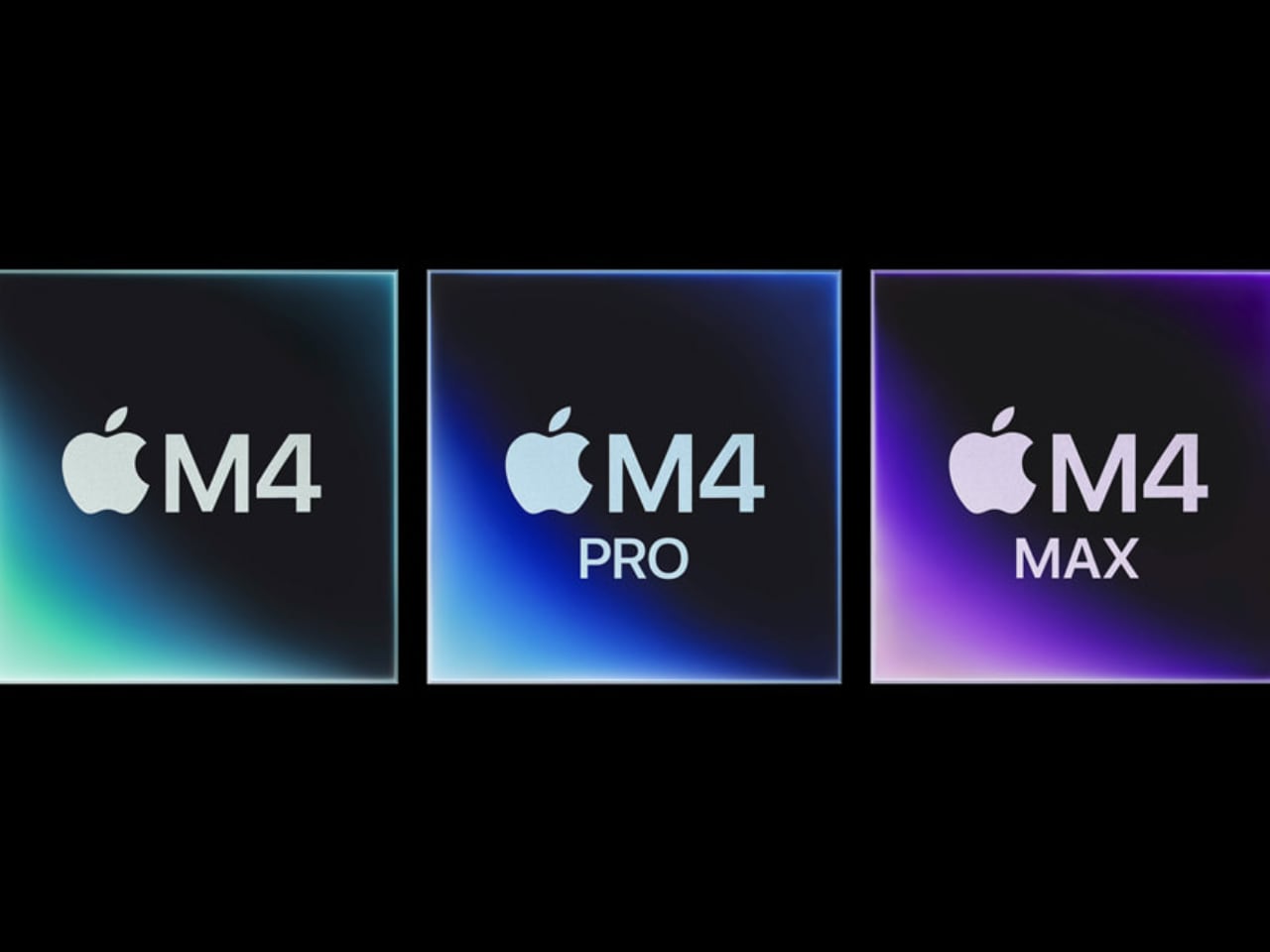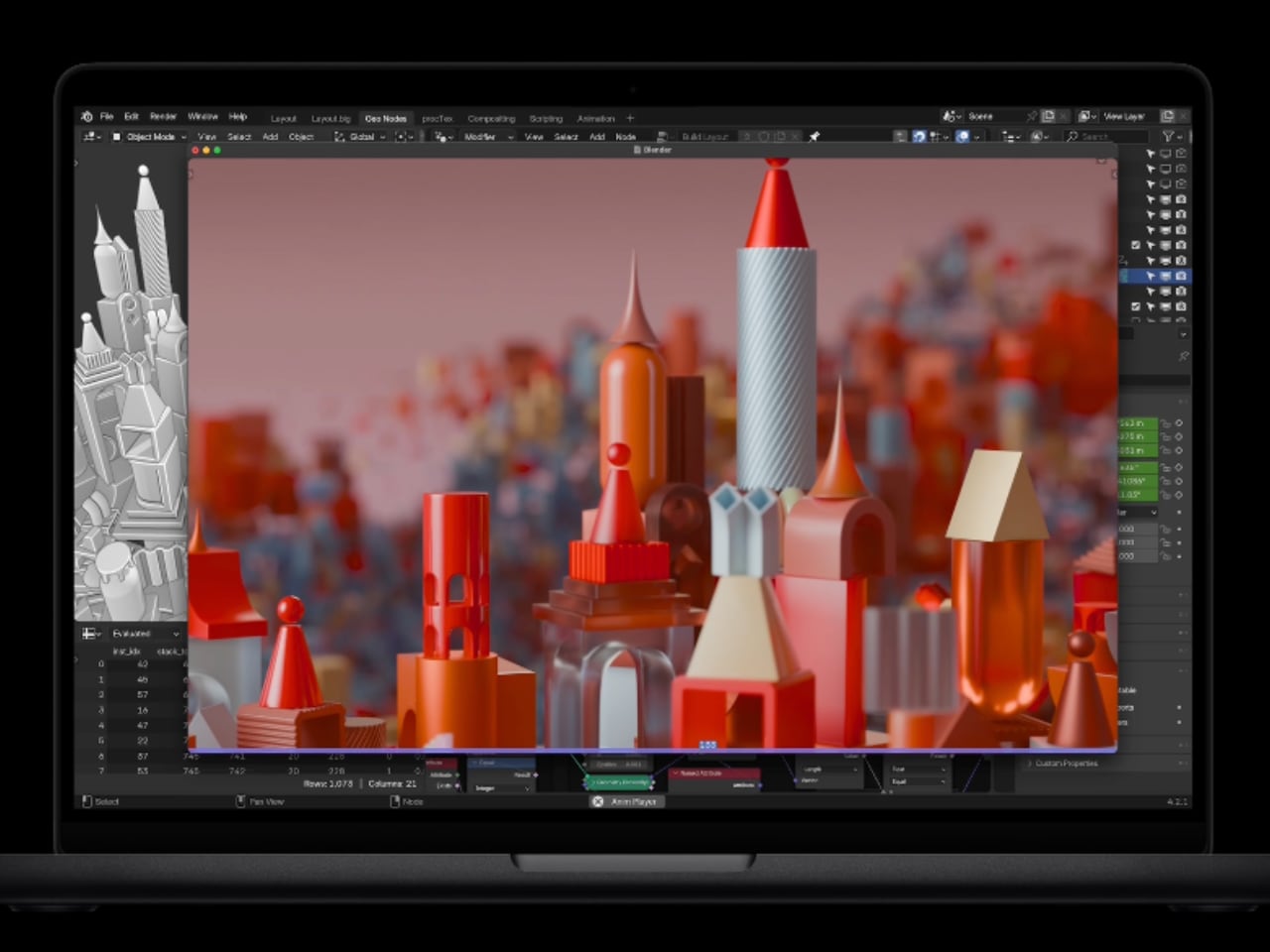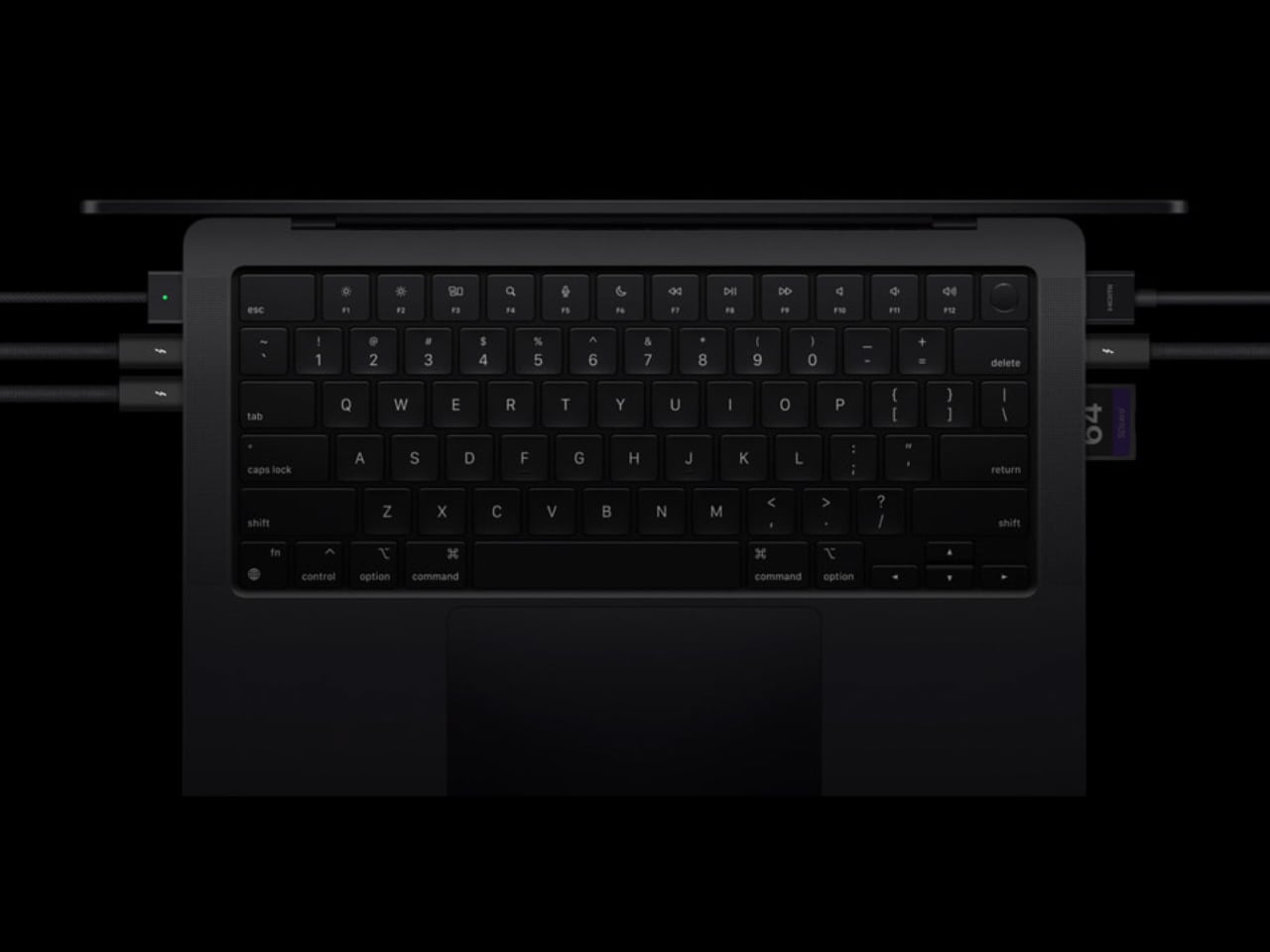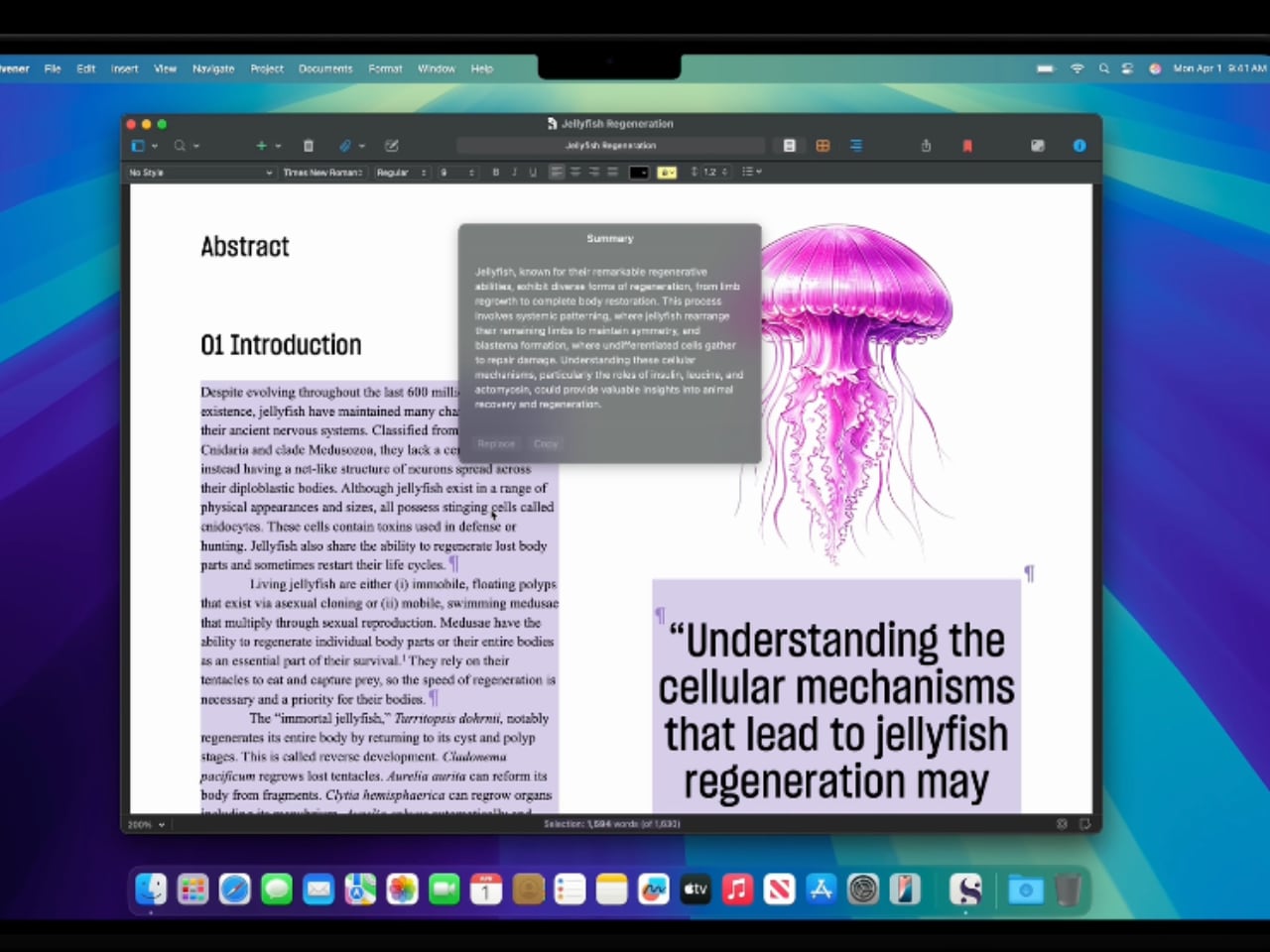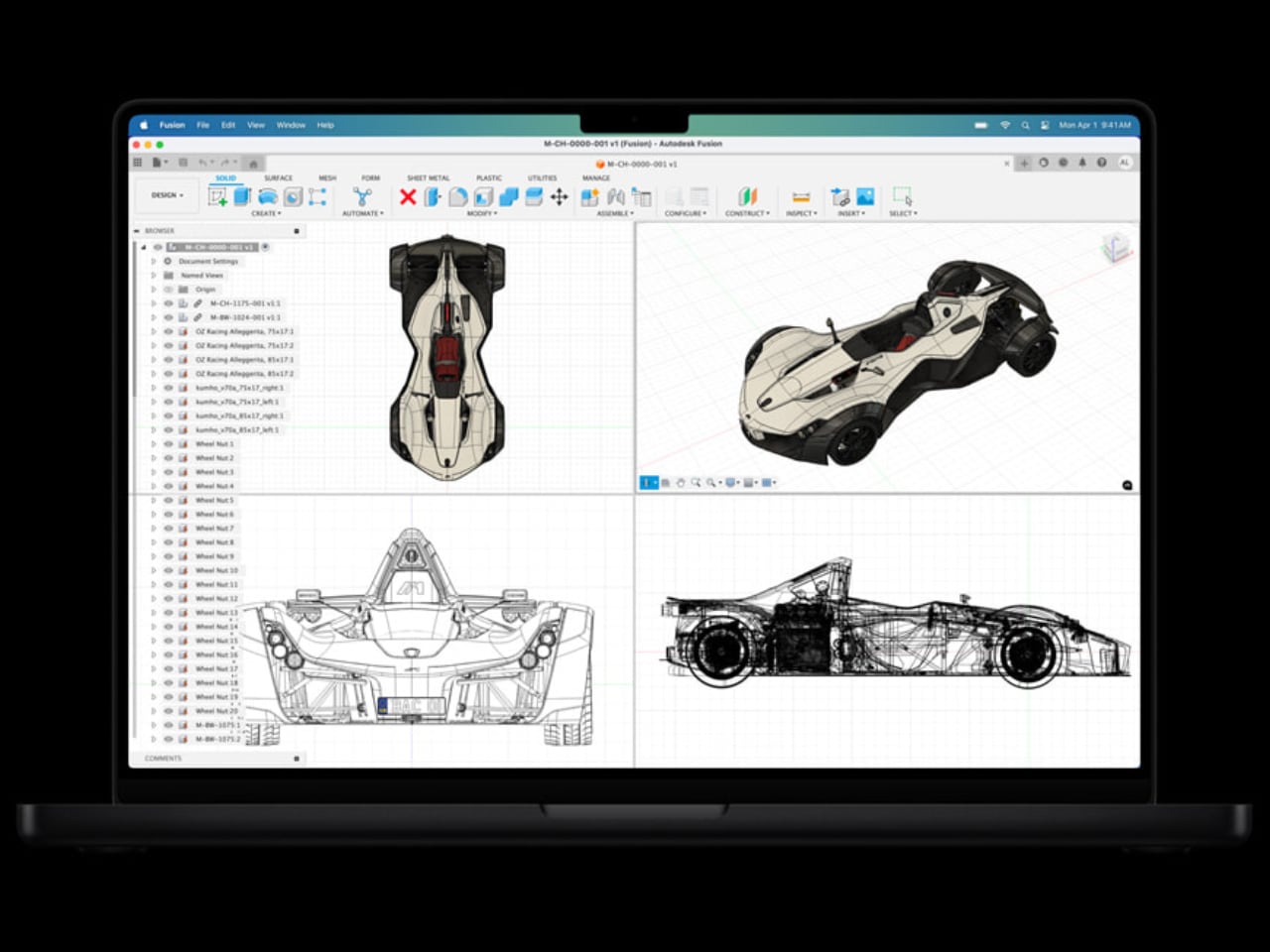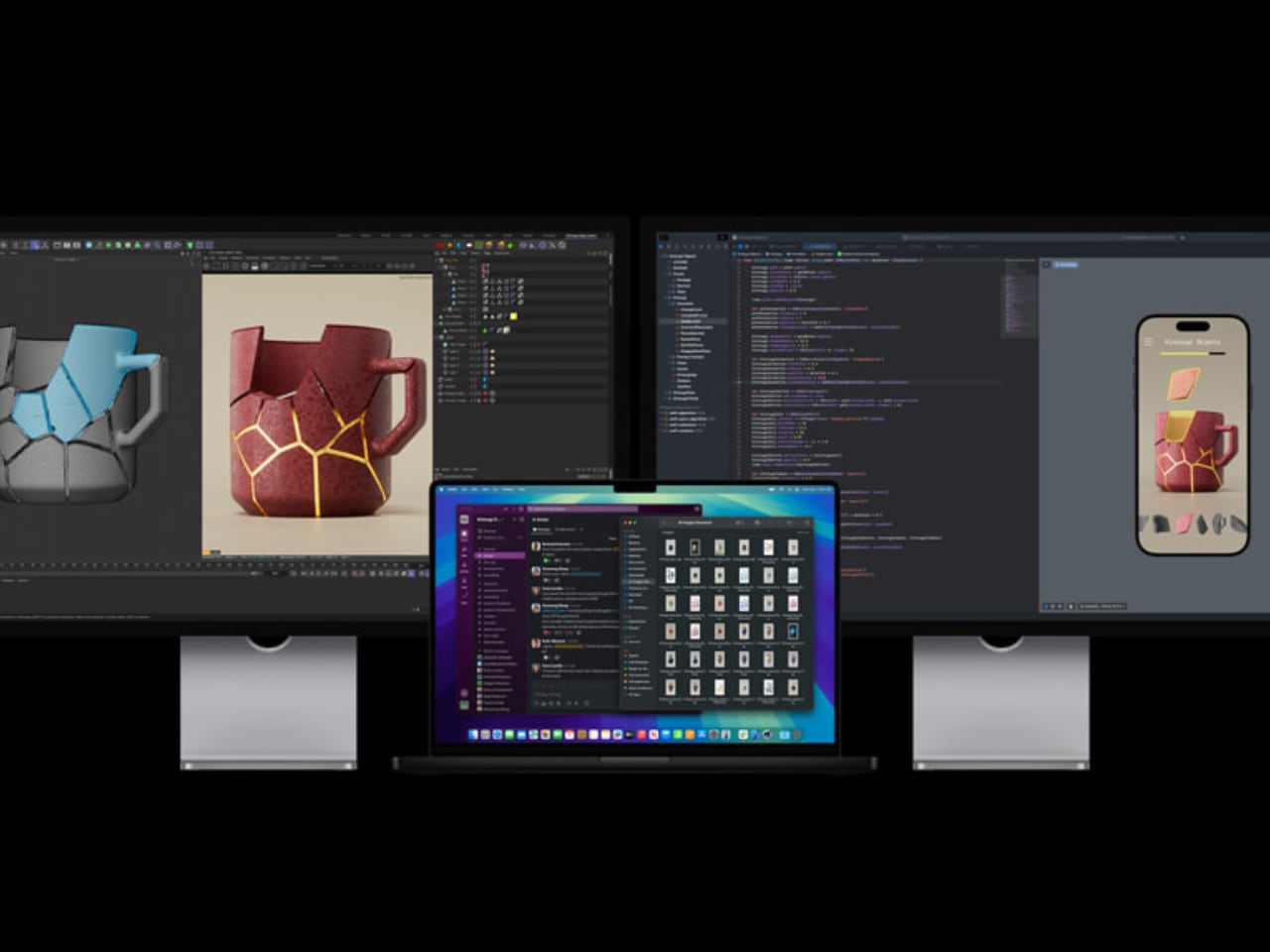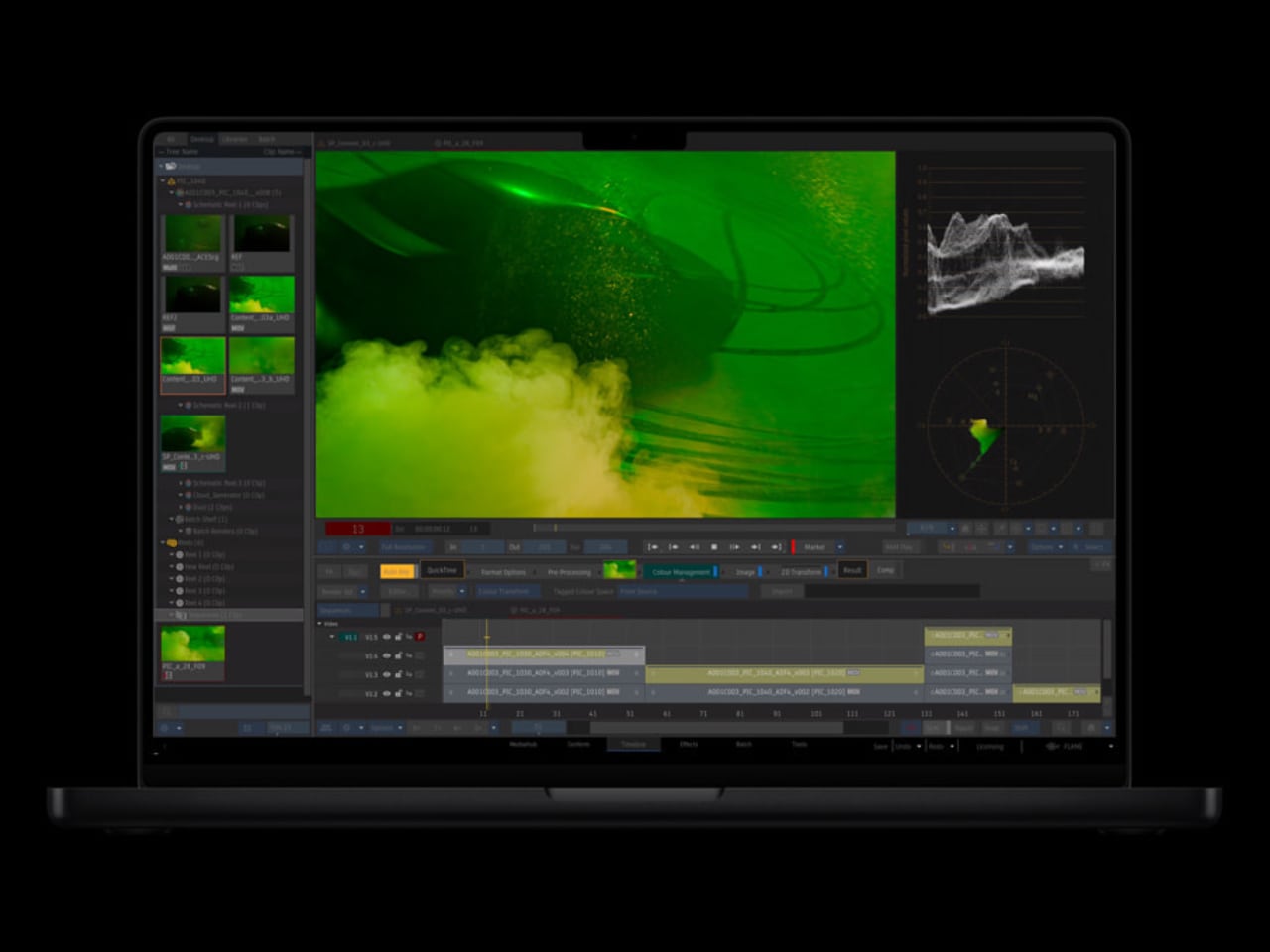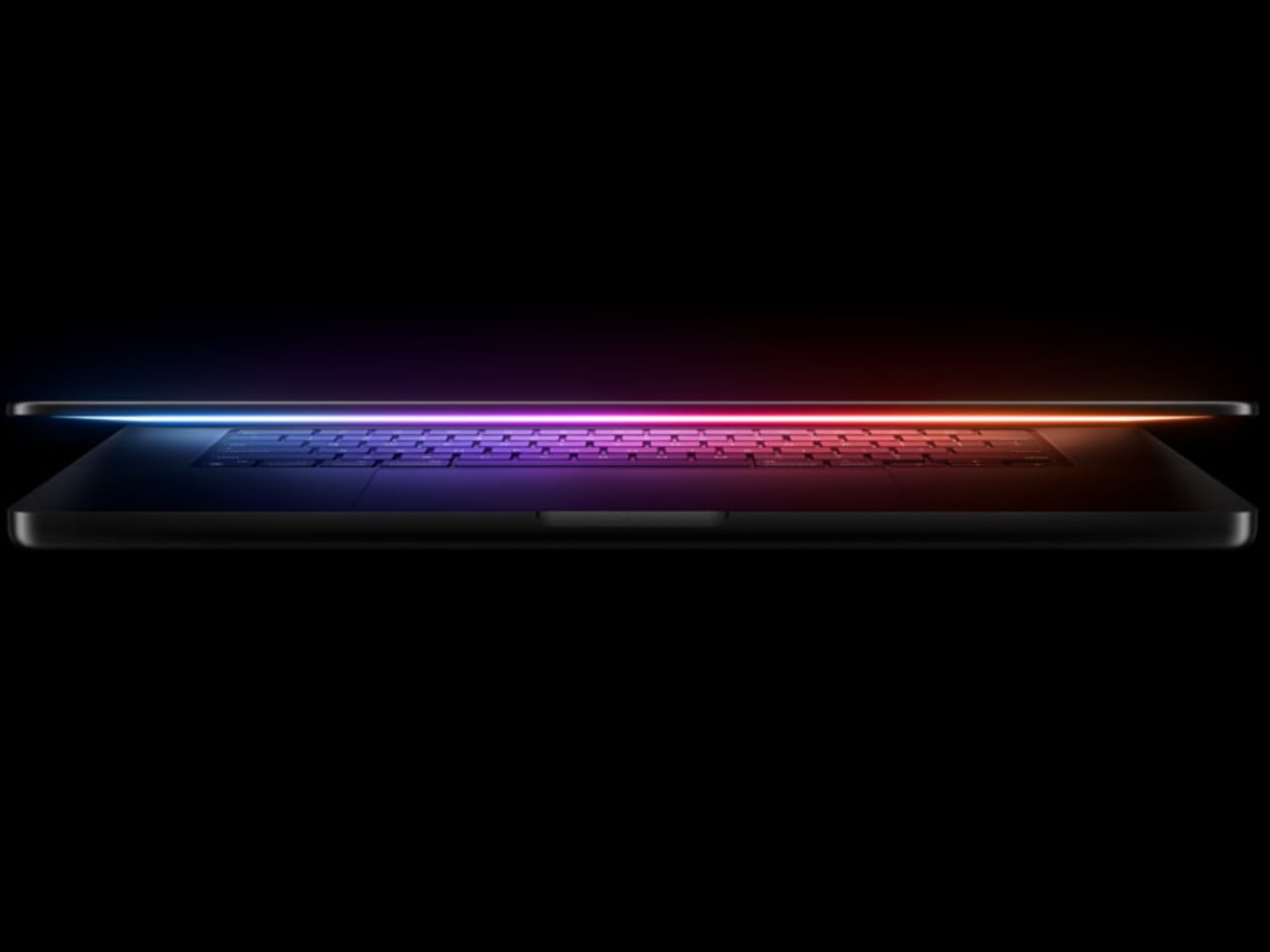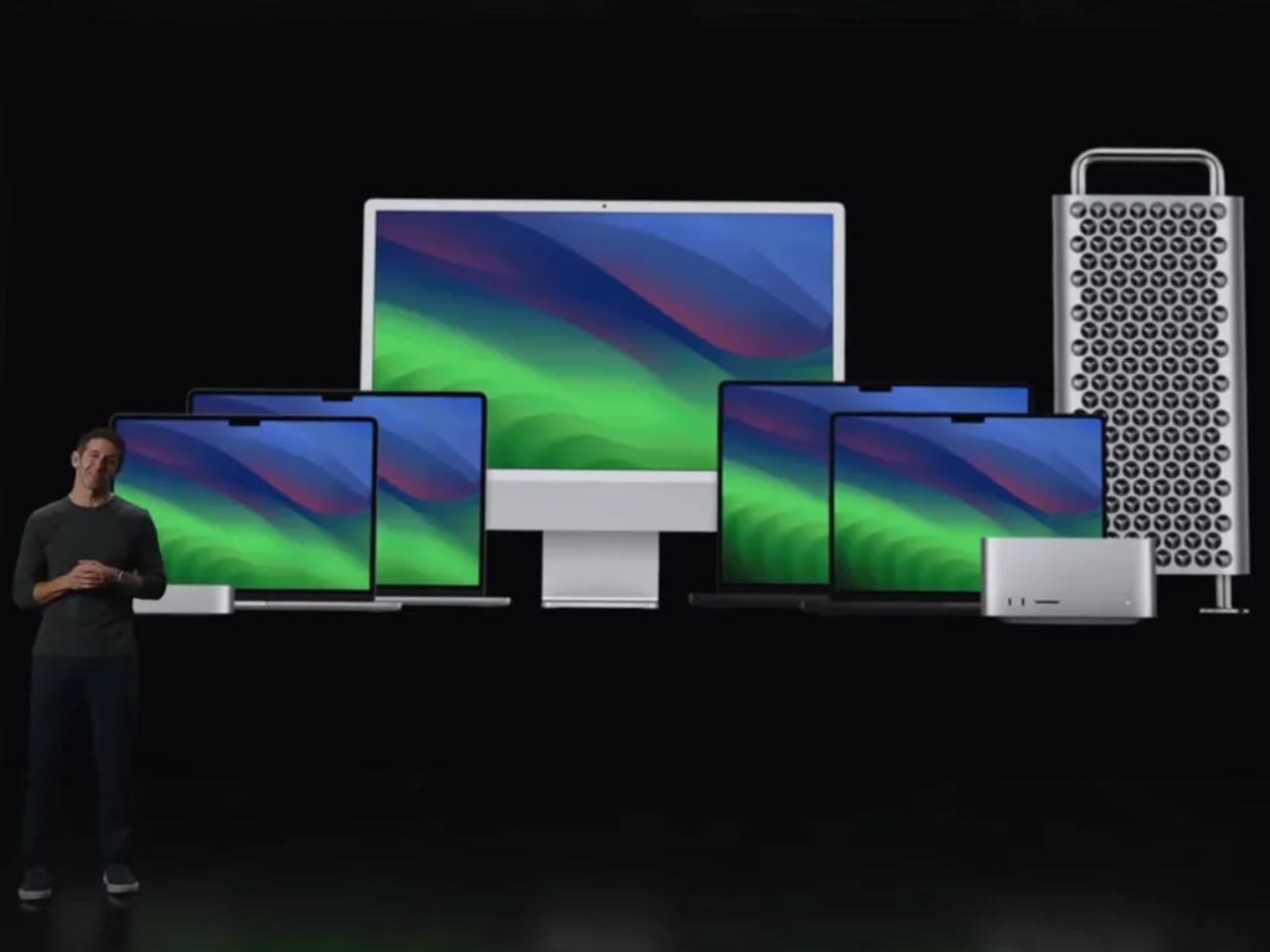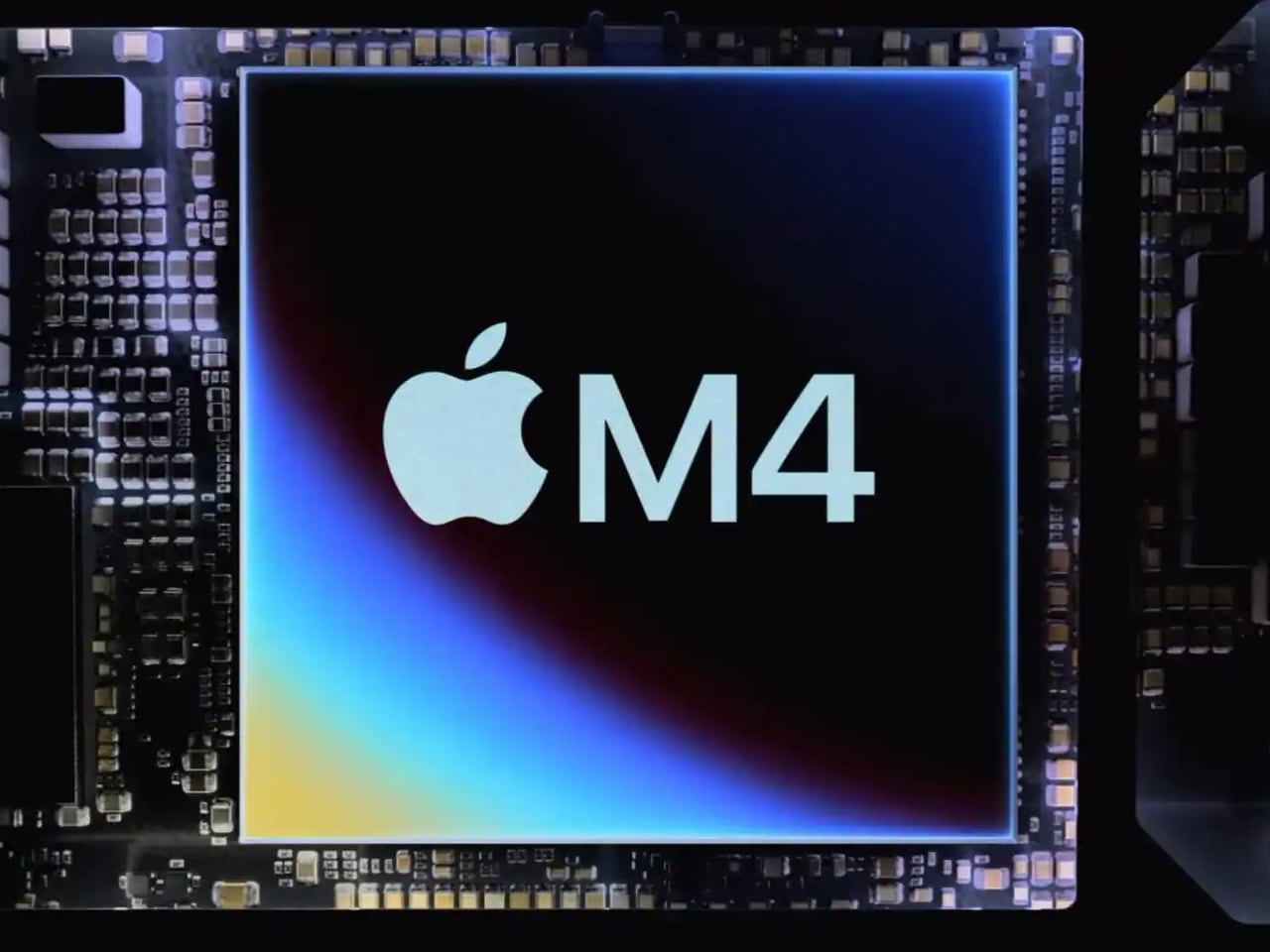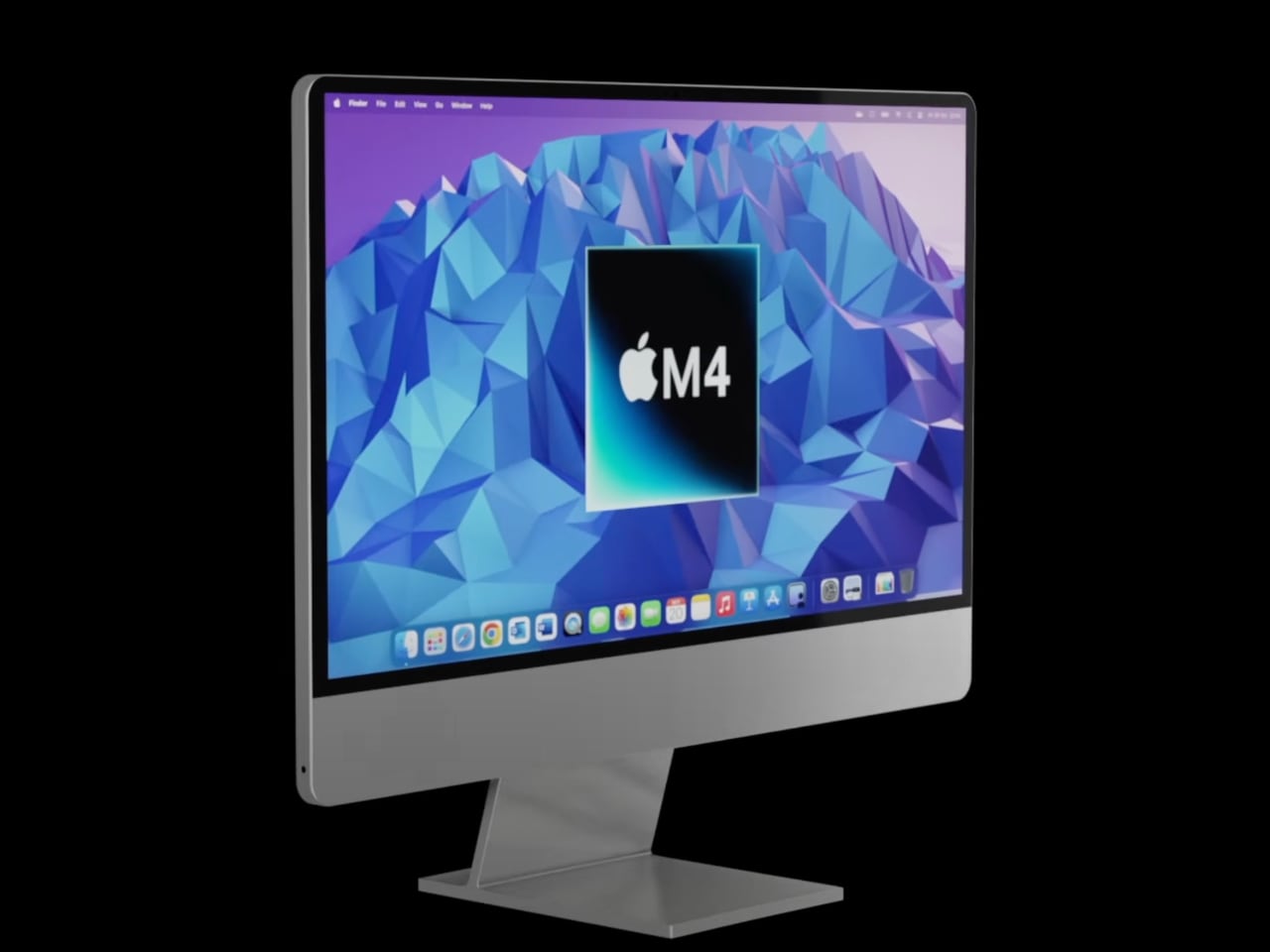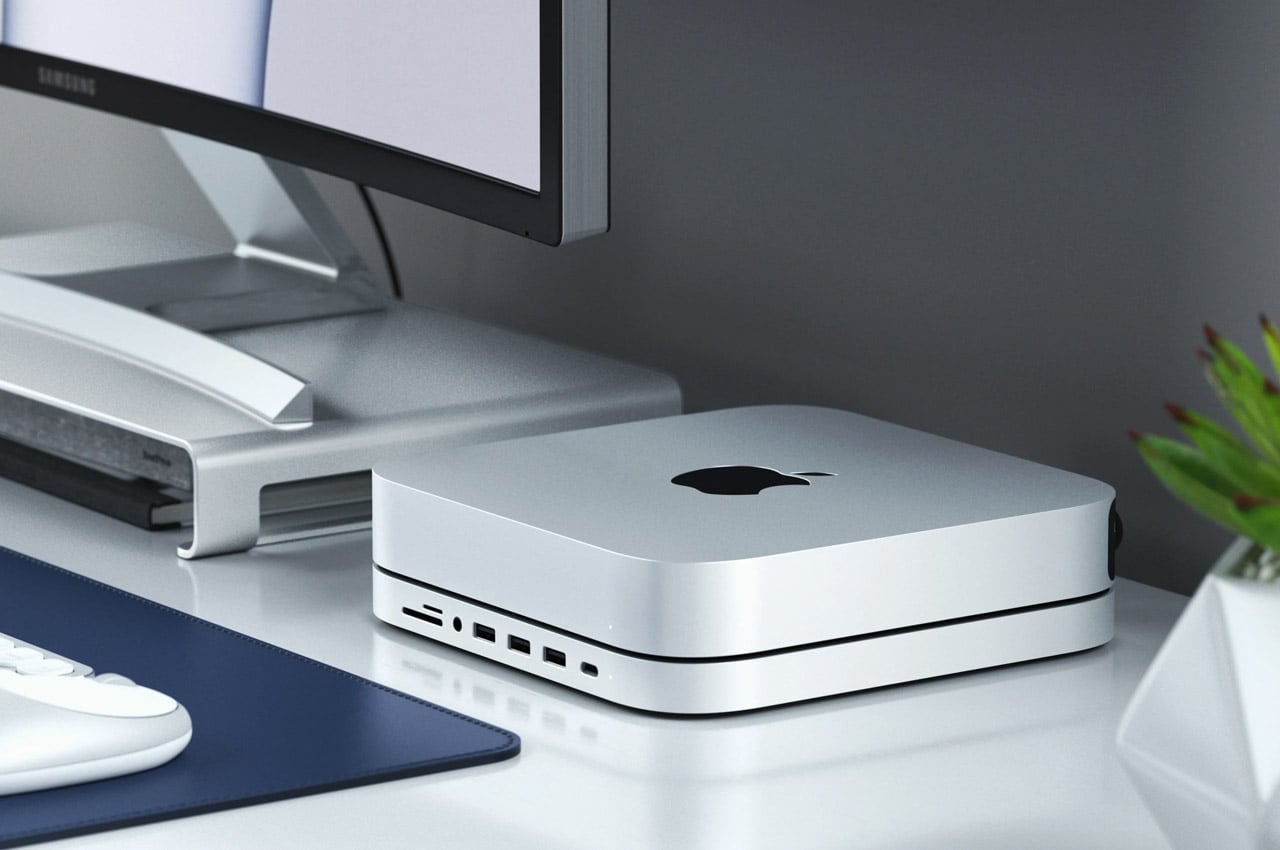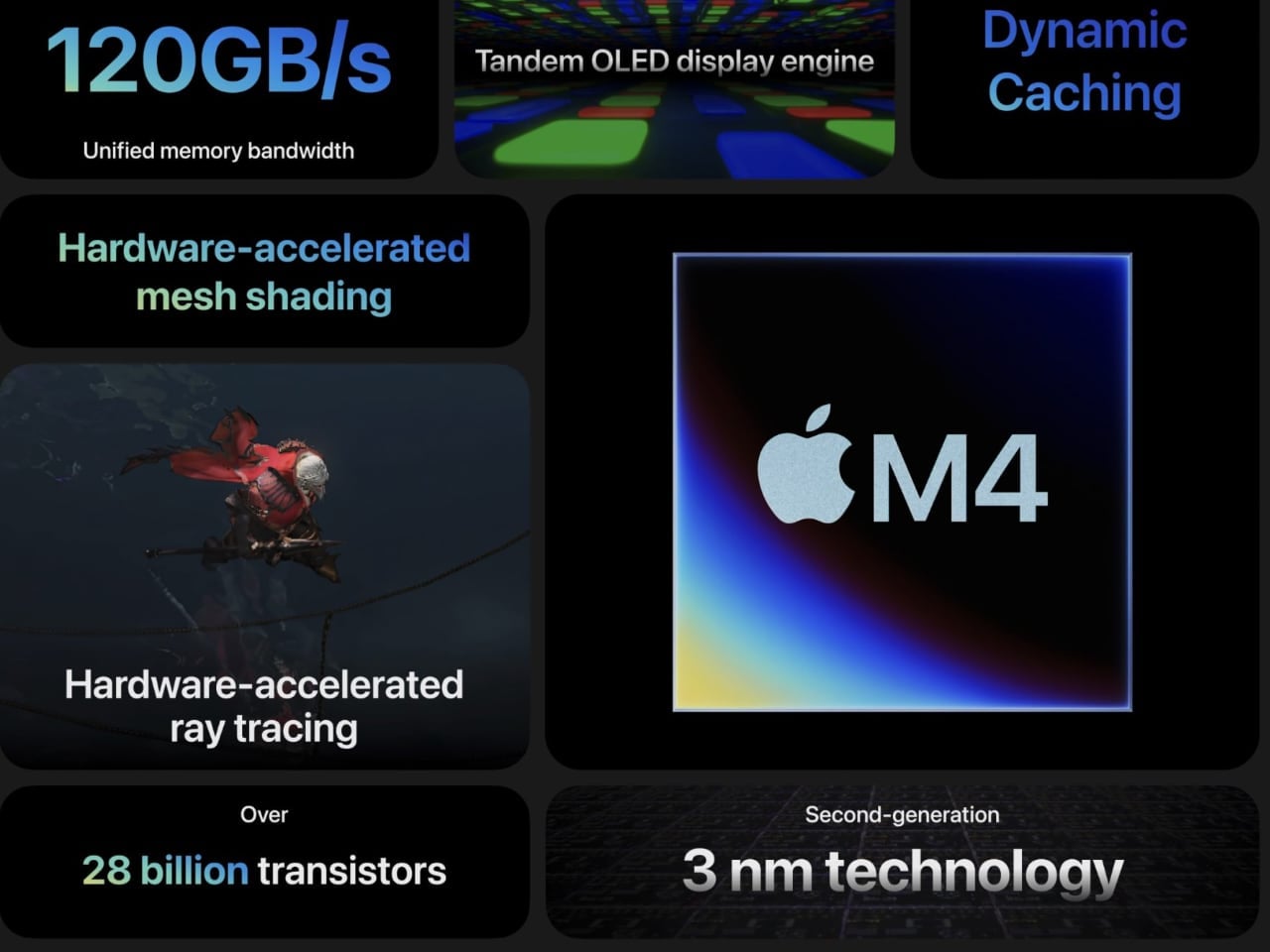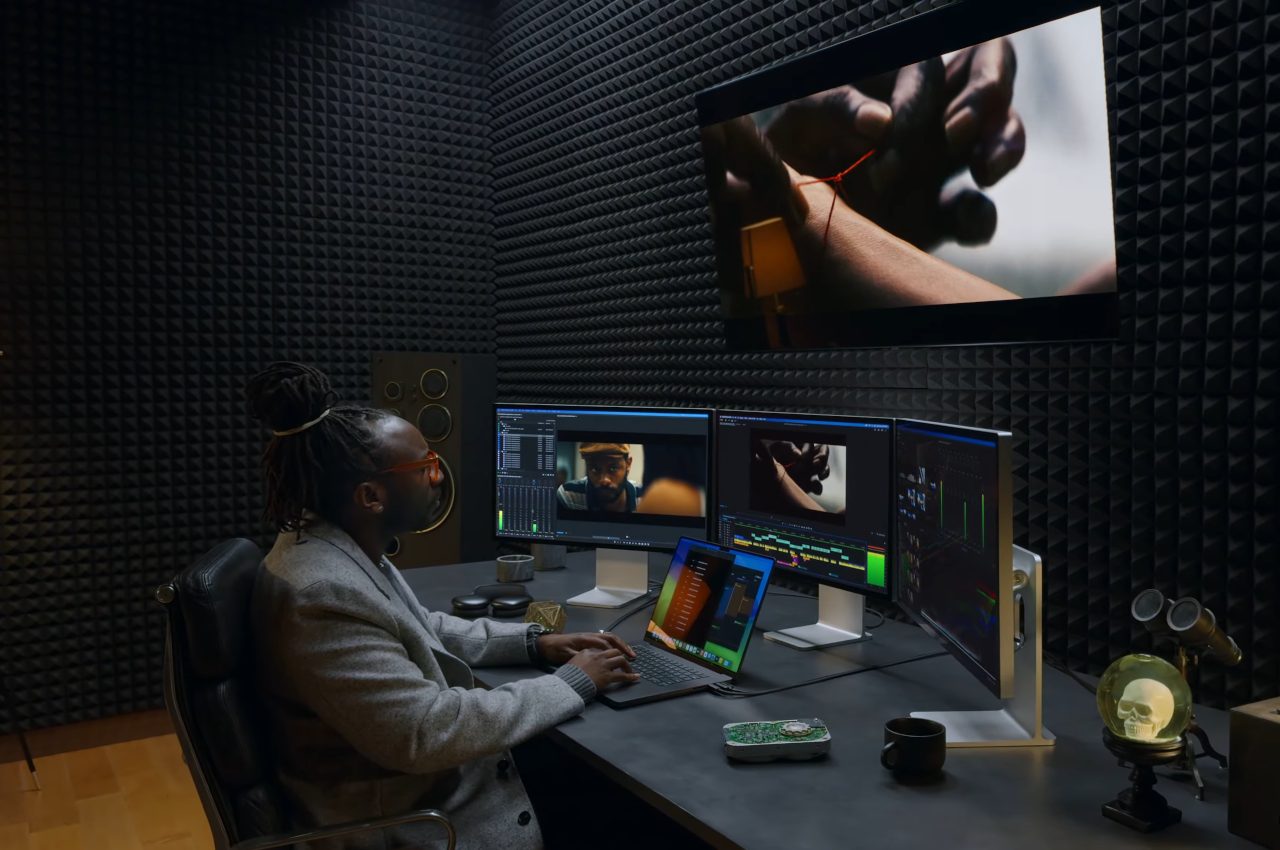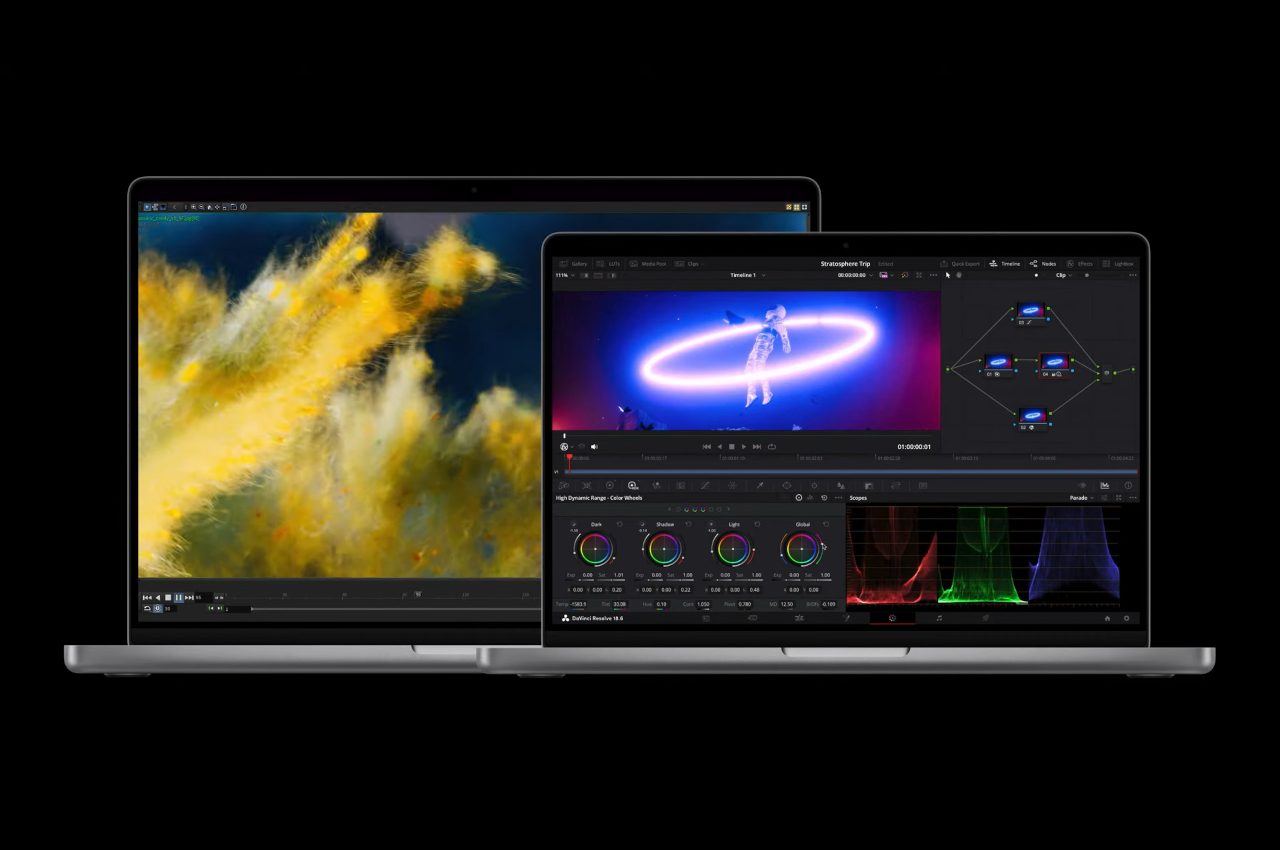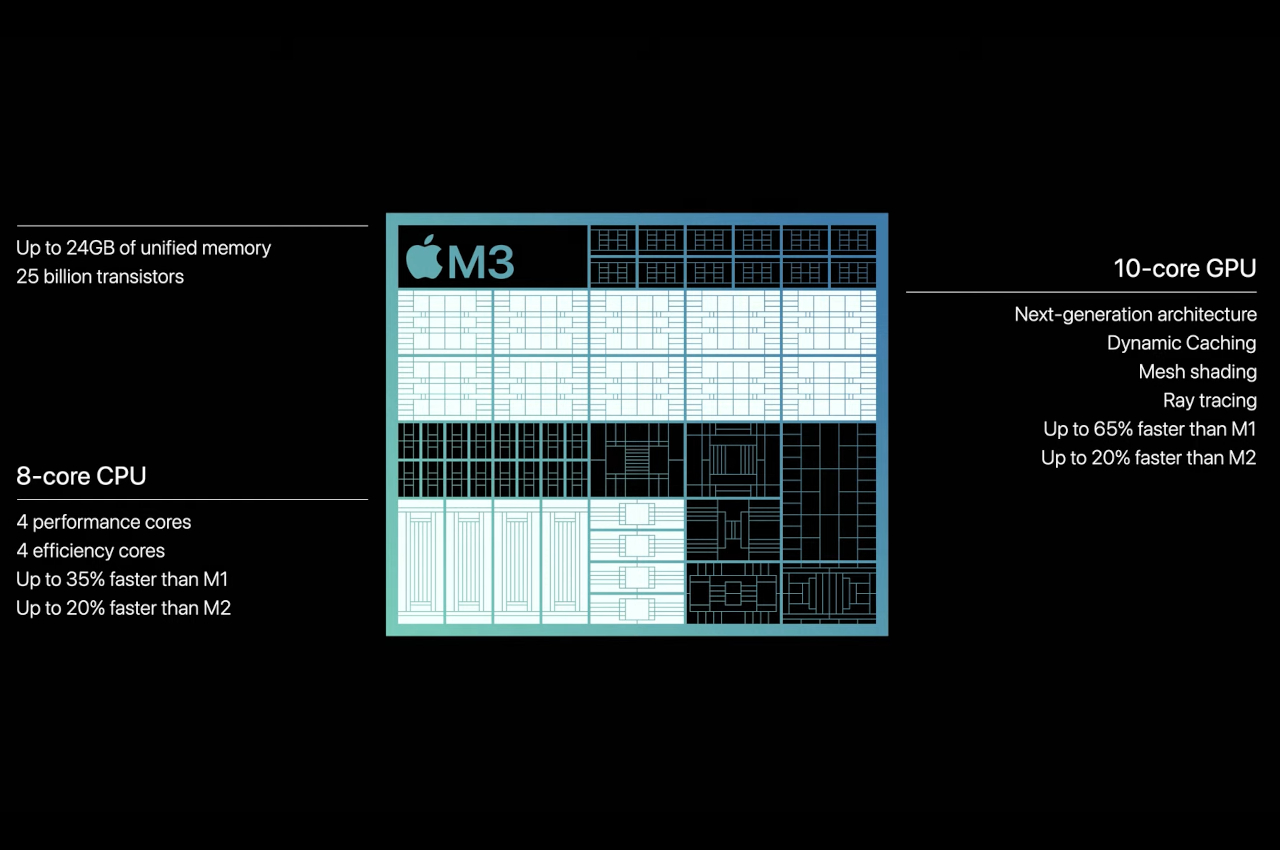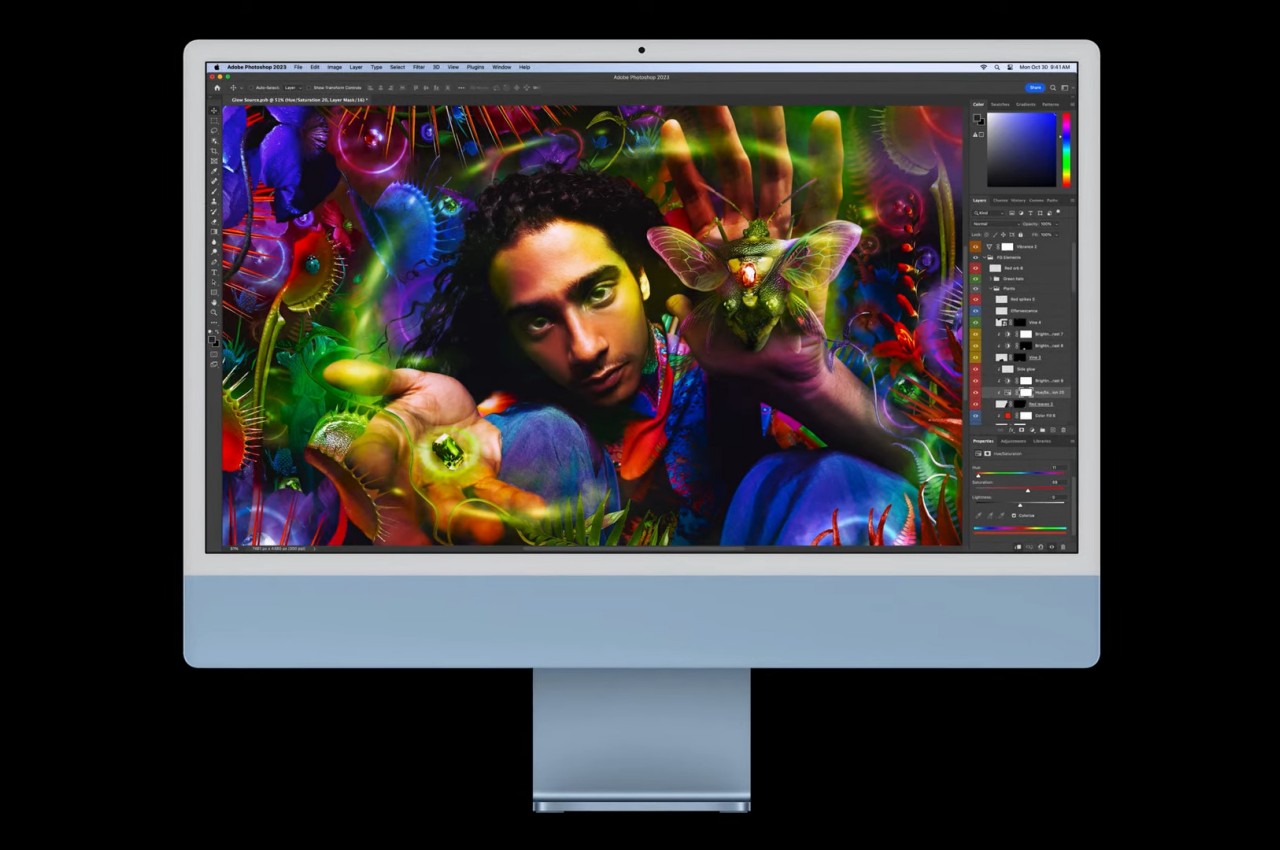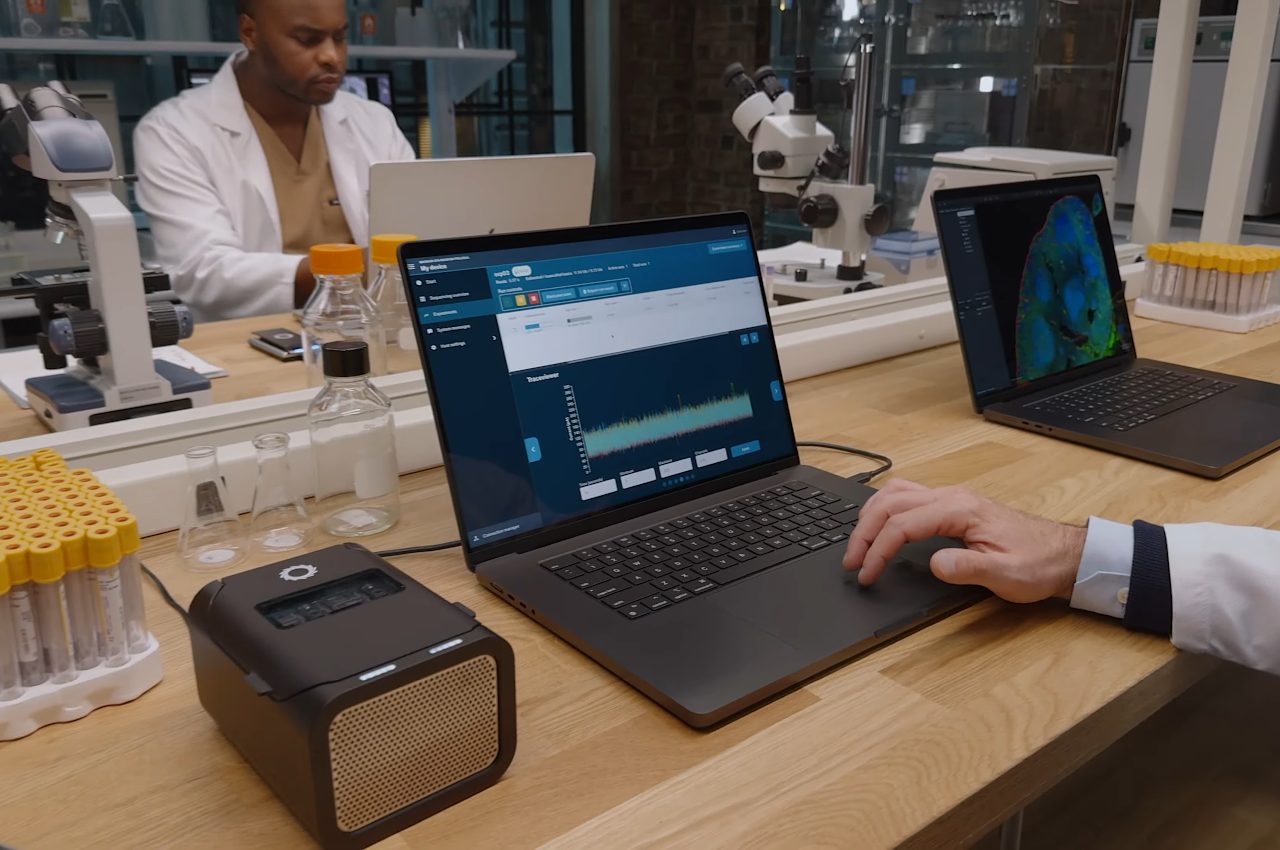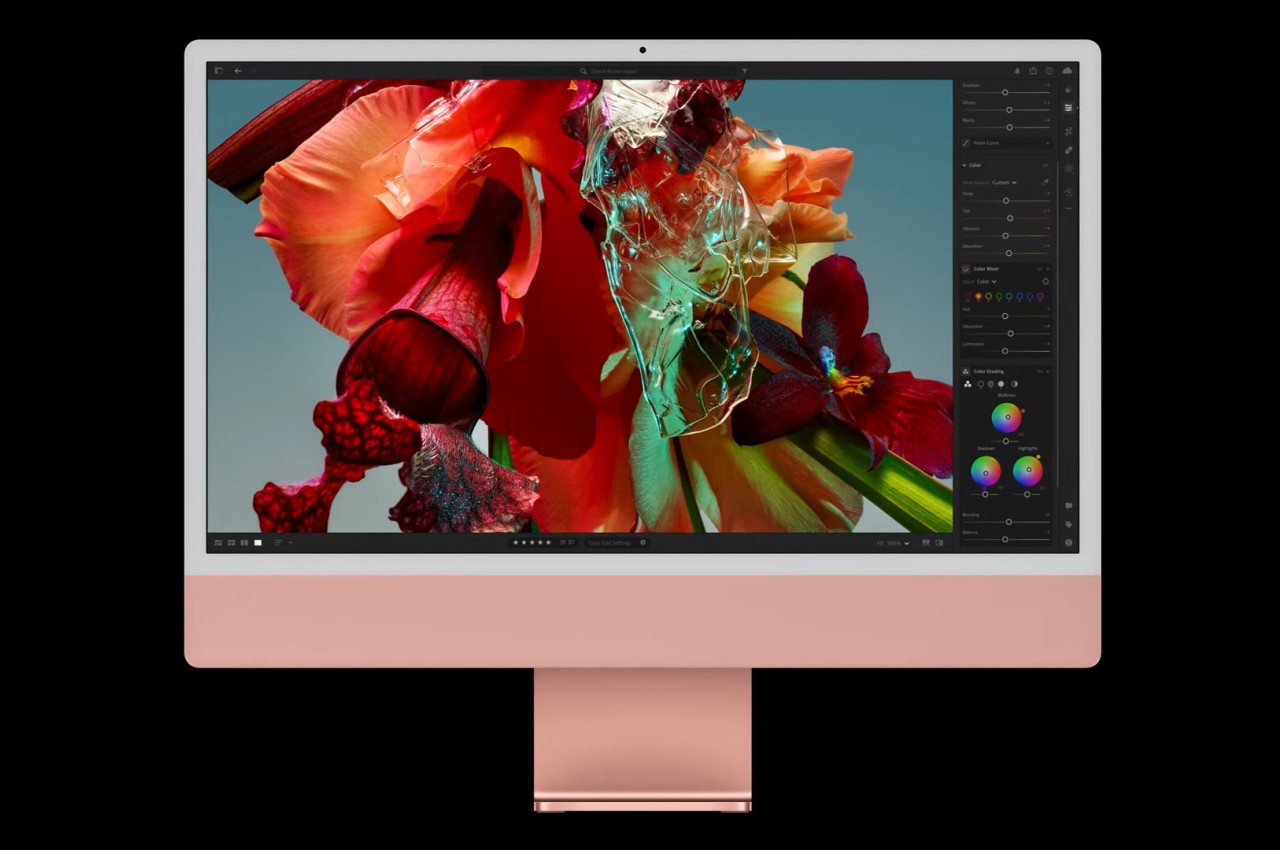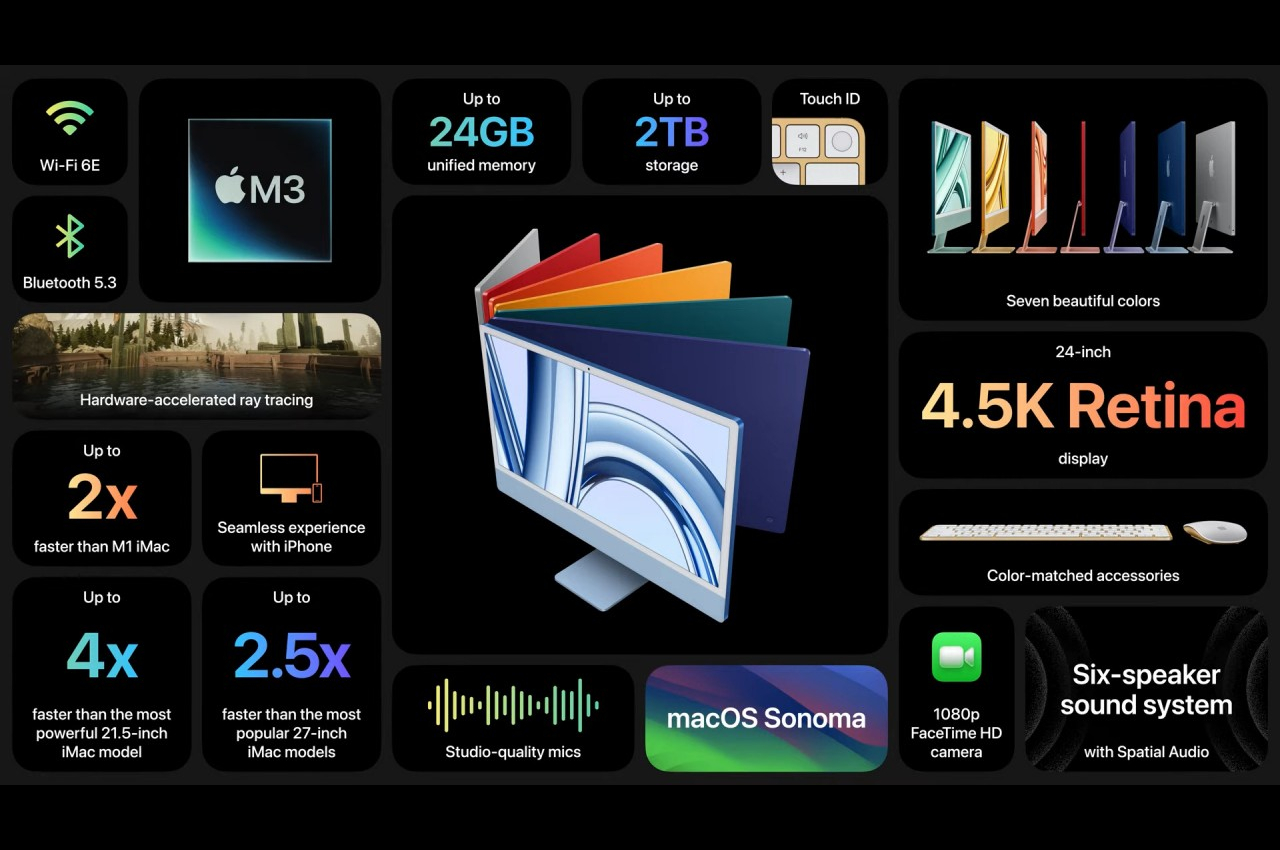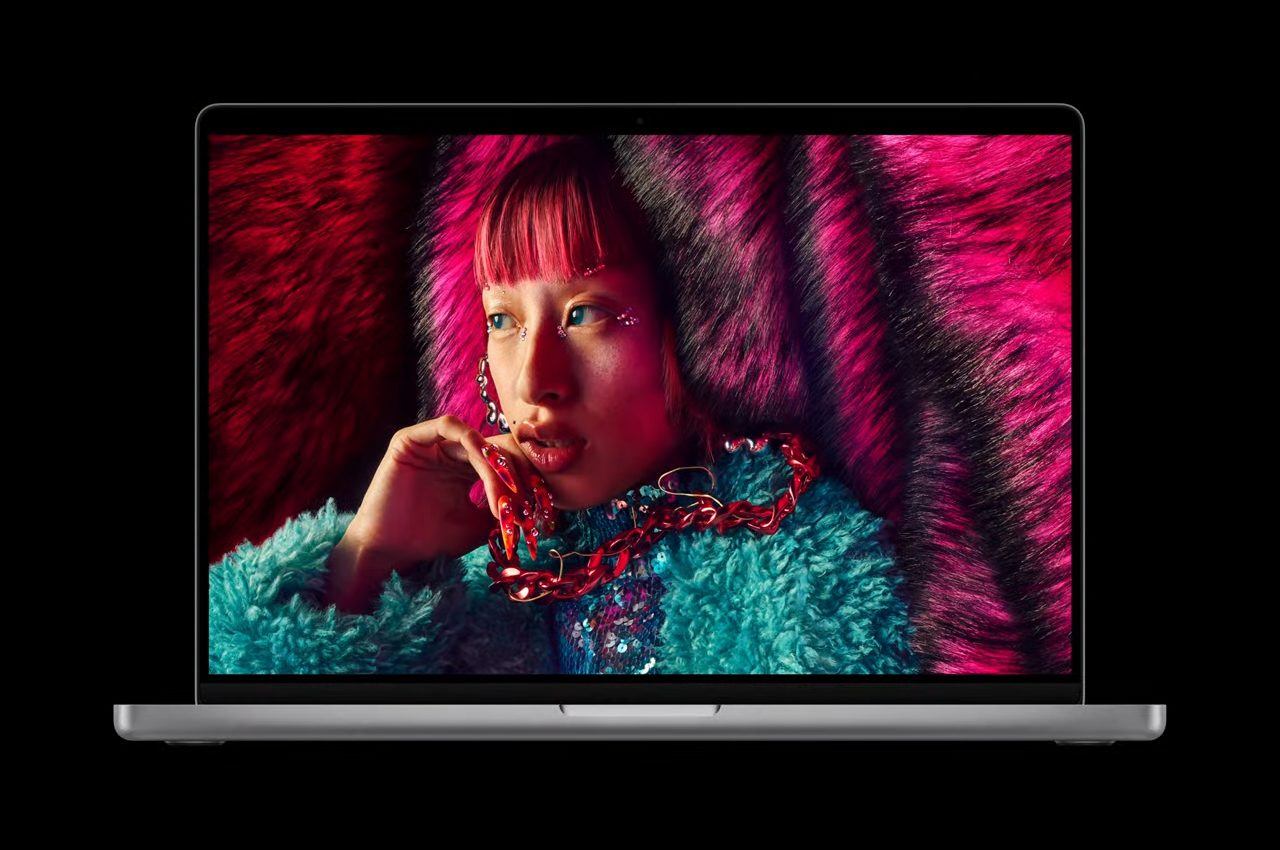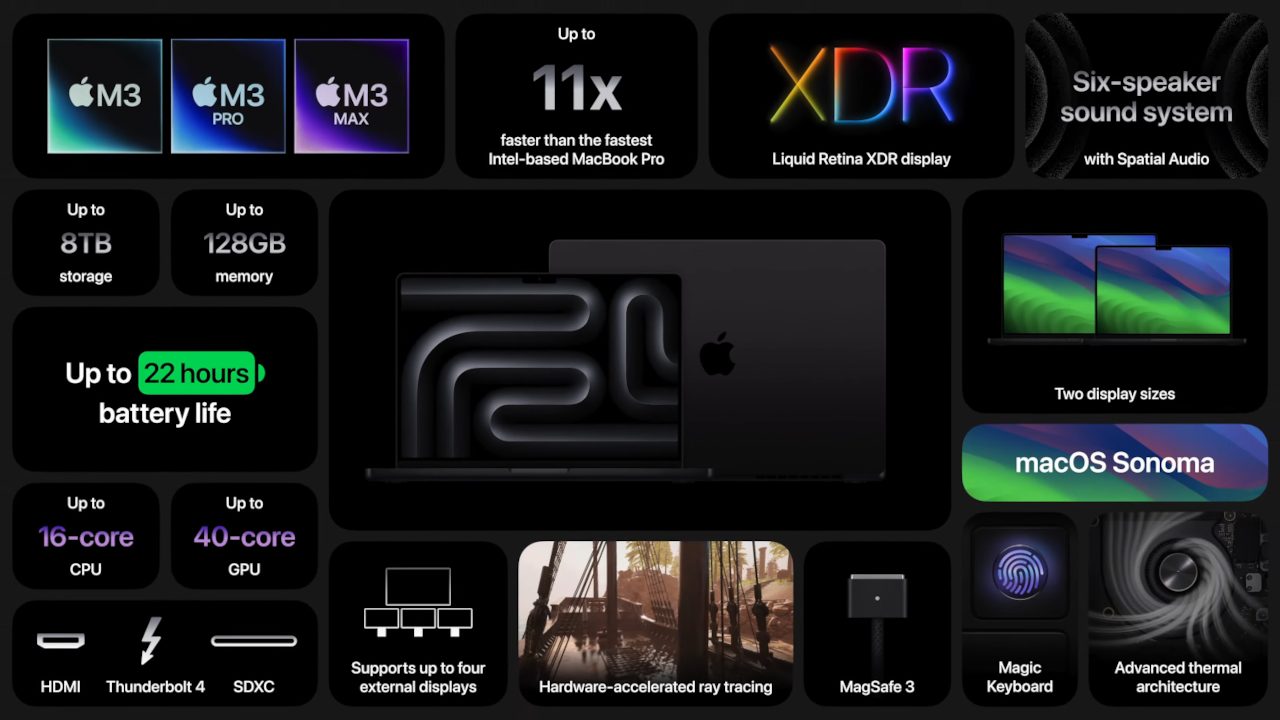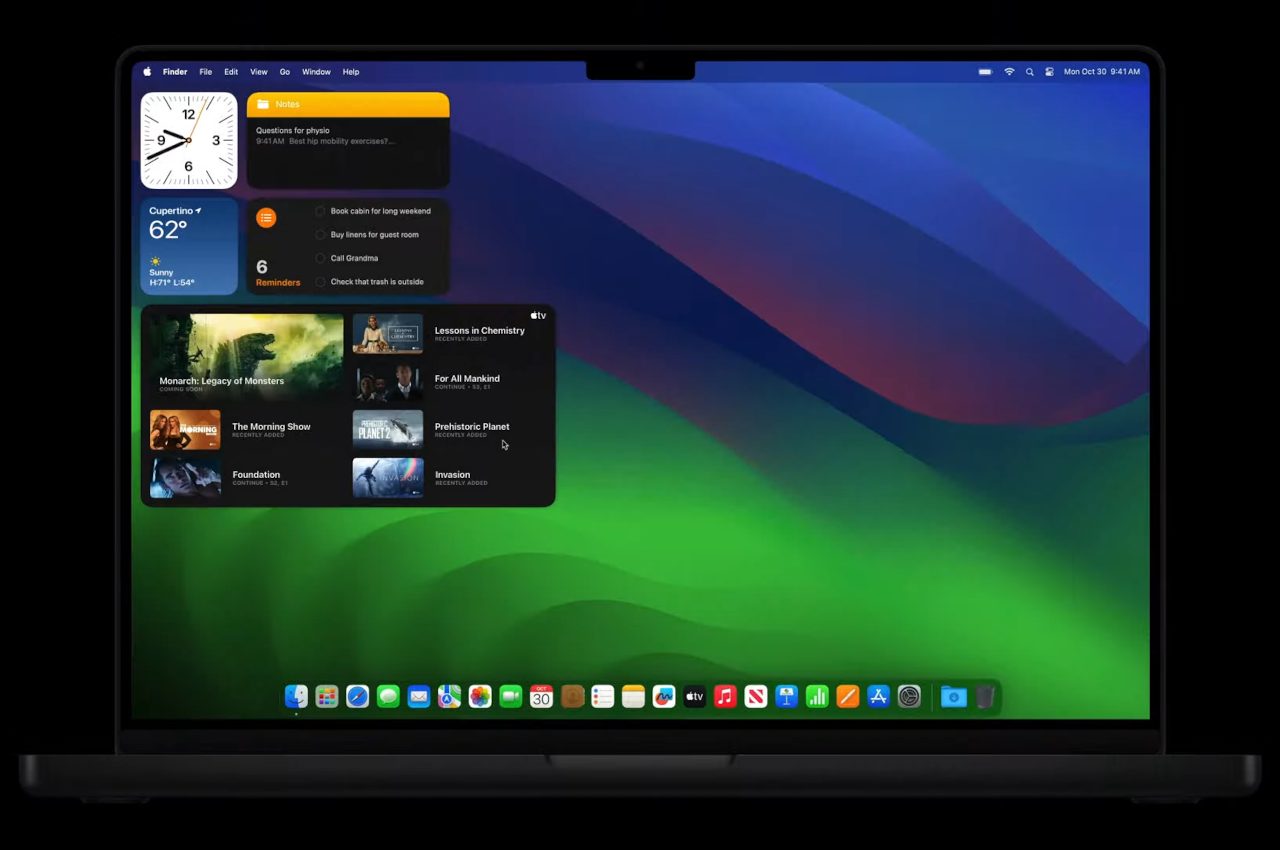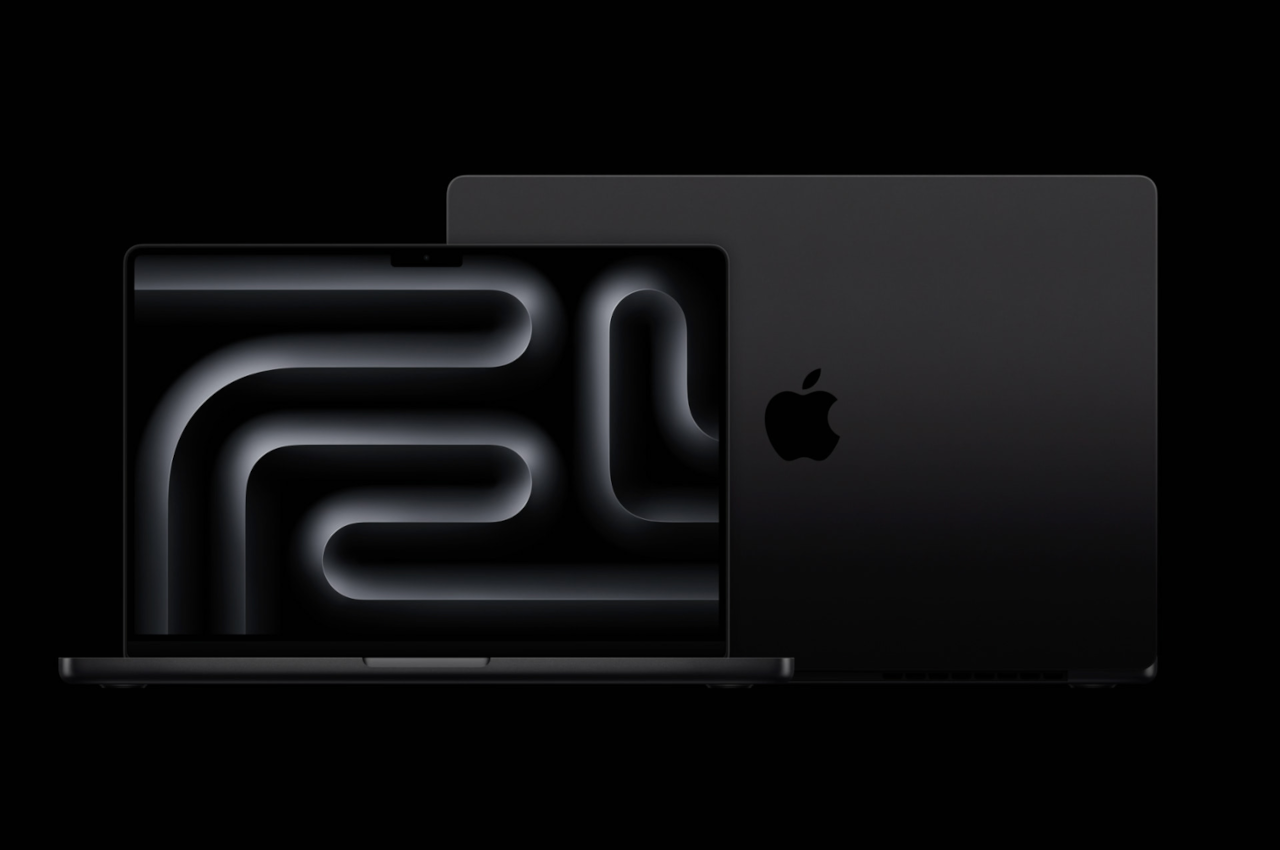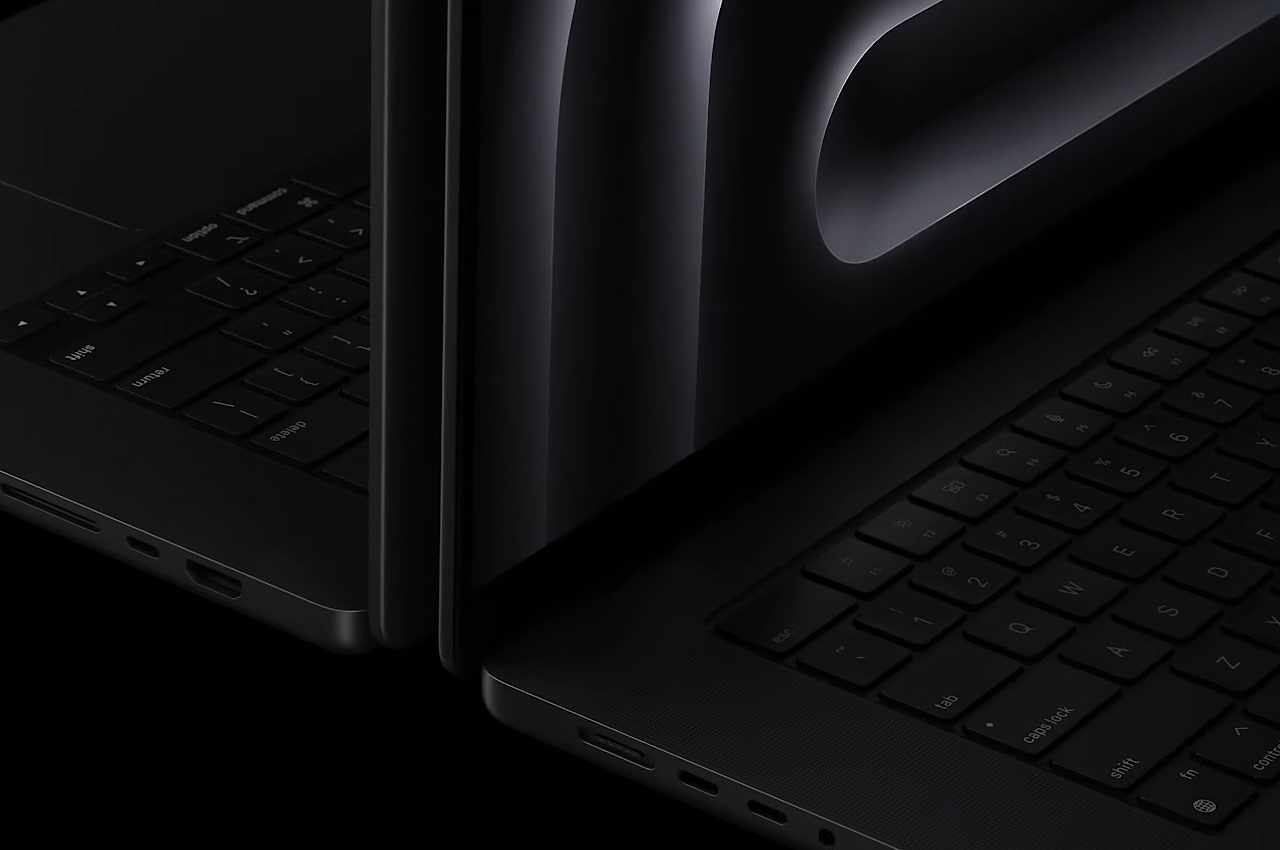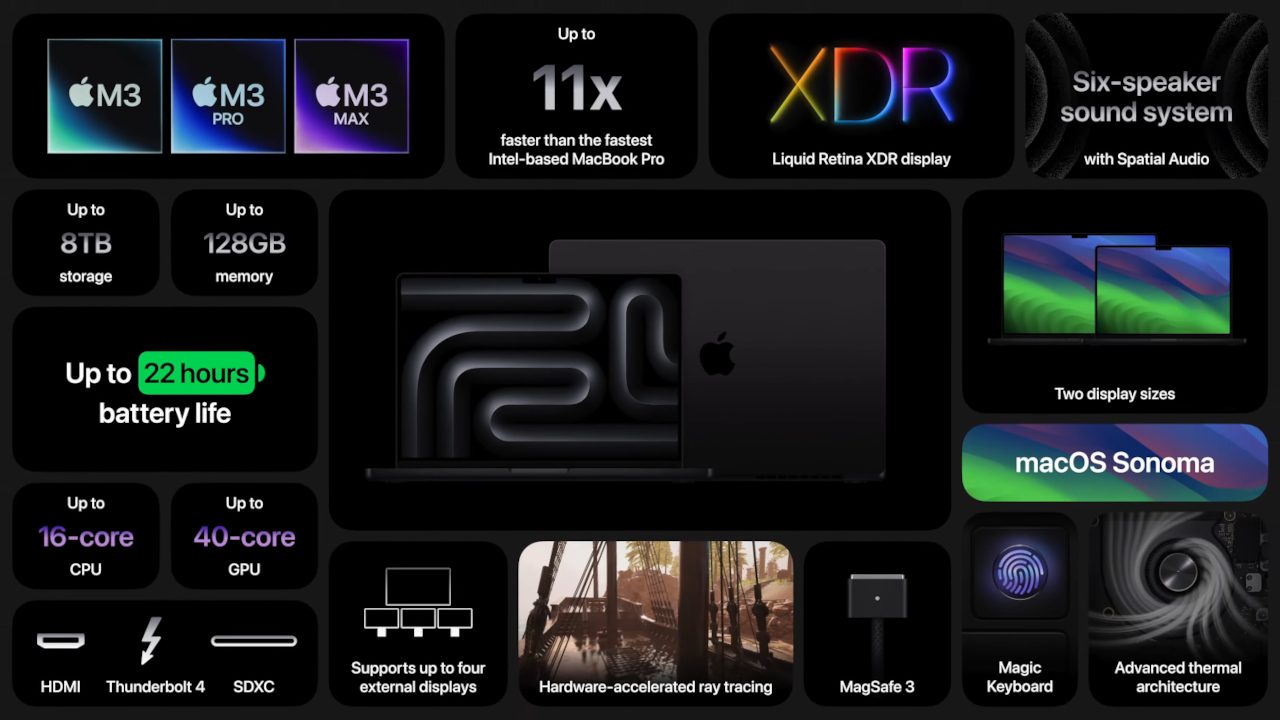
When Apple introduced the nano-texture display option, it revolutionized how creators like me interacted with their most crucial tool. Let’s face it, we look at the display on the laptop 100% of the time we use it, so it needs to be as perfect as humanly possible. Until now, despite countless improvements from Apple and others, no display has truly nailed the combination of resolution, quality, accuracy, and glare reduction. This is the first time it genuinely feels like everything has come together perfectly. As someone who frequently battles glare while simultaneously demanding the ideal combination of portability and power, I wholeheartedly believe that the MacBook Pro 14-inch, equipped with the formidable M4 Pro chip, represents a significant improvement that fully satisfies all my creative demands.
Designer: Apple
The Glare-Killing Game Changer: How Does Nano-Texture Technology Work?
The magic lies in microscopic etchings that break down light waves. Instead of applying a coating that dulls the display, Apple precisely alters the glass surface itself. These nanometer-scale etchings scatter ambient light while attempting to maintain the display’s inherent color accuracy and contrast.
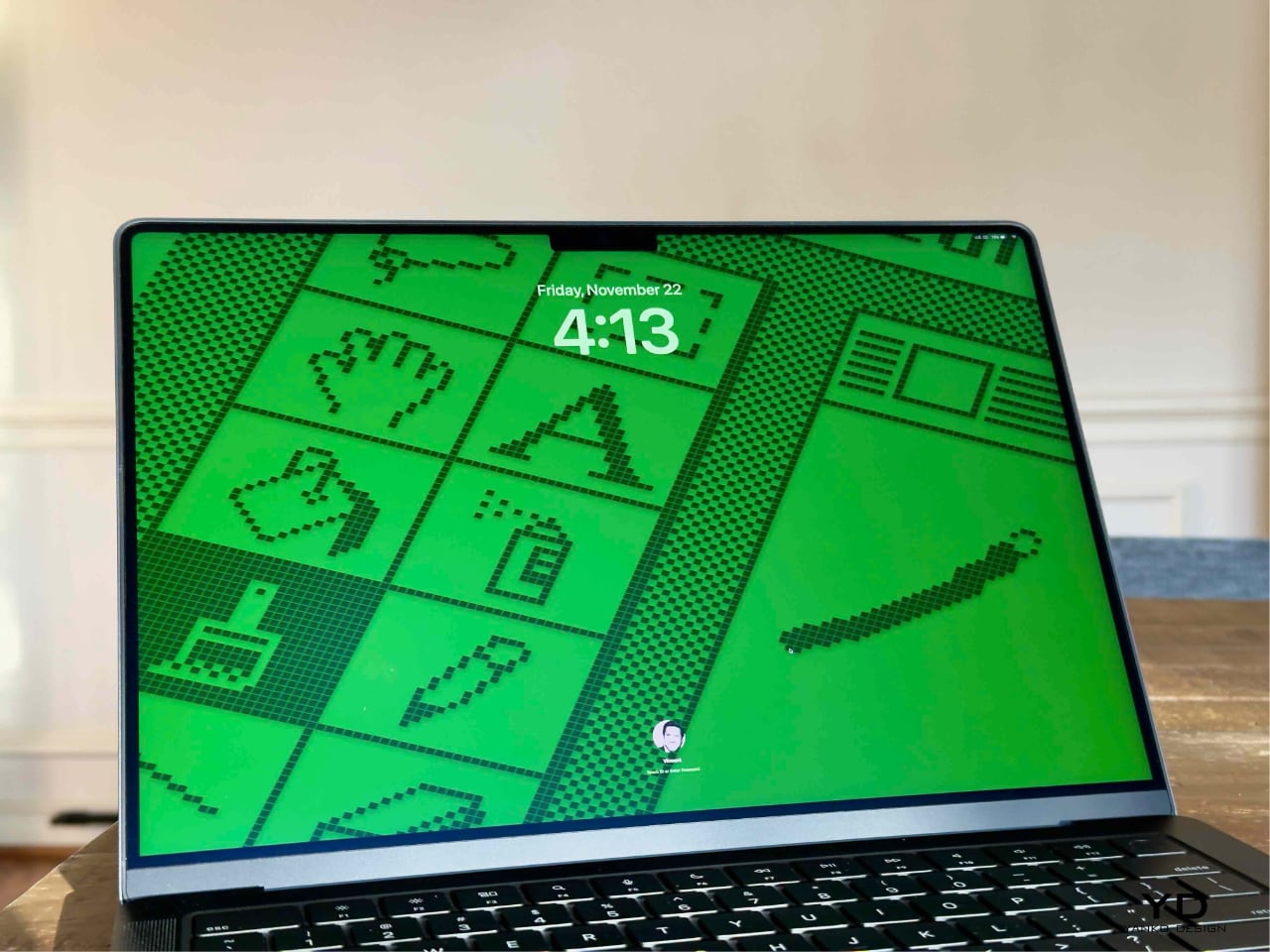
The nano-texture display, a $150 upgrade, felt like a luxury at first—until I used it for the first time today. Working outdoors, on airplanes, in cars, or any bright environment is now effortless. Previously, my 16-inch M1 Max MacBook Pro would glare so much under sunlight that I’d have to squint or move indoors. Now, with the nano-texture display, direct sunlight feels irrelevant. I placed both laptops side-by-side during my testing, and the difference was immediate. The nano-texture display stood out, turning a frustrating glare-filled workspace into a productive one.

Apple’s nano-texture technology effectively reduces glare—it’s the closest thing to a paper-like feel I’ve experienced on a laptop screen, offering a unique viewing experience akin to a printed photograph. The etched surface scatters light evenly, making it comfortable to look at for long hours without that usual agony of dealing with glare. The crisp colors and contrast are still intact, which is crucial for my work. The nano-texture display also gives me a genuine sense of immersiveness, drawing me in without distraction, which is particularly beneficial for long sessions of writing, editing images, and videos. Whether I’m writing or editing images or videos, the screen performs seamlessly, with wide viewing angles and consistent quality, regardless of lighting conditions.
Performance Characteristics and Viewing Experience:
- Glare Reduction: Exceptional, with near-complete elimination of reflections in diverse lighting conditions.
- Color Preservation: Slightly reduced color vibrancy compared to glossy displays but maintains remarkable consistency across different environments.
- It feels like viewing a printed photograph
- Maintains readability in bright sunlight
- Provides consistent visual performance from multiple angles
Nano-texture is specifically designed for the following professional use cases:
- Photographers and visual artists
- Professionals working in variable lighting environments
- Creators who prioritize consistent display performance over peak color saturation
Portability Without Performance Compromise
For someone who is always on the move, the weight of my gear matters as much as its performance. The M4 14-inch MacBook Pro is incredibly light at 3.5 pounds compared to the 16-inch, which is heftier at 4.7 pounds and almost on par with the 15-inch MacBook Air M3, which weighs 3.3 pounds. This reduction might not sound significant on paper, but it’s transformative in daily use—especially when carrying other essentials.
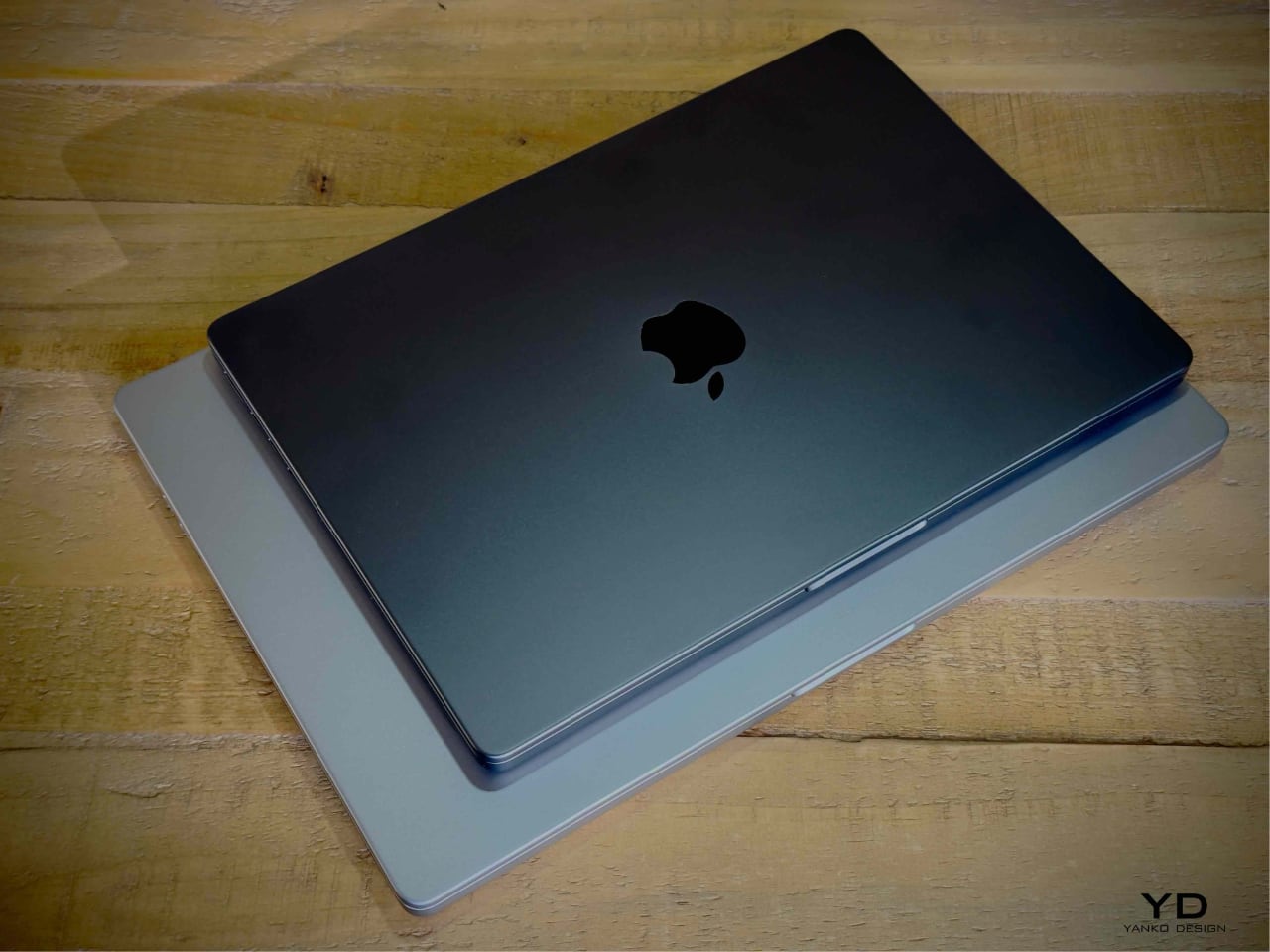
The smaller display size could seem limiting, but it works perfectly for my needs in real-world use. As an editor and journalist who runs multiple tasks simultaneously—often including working in tight spaces like cafés or planes—the compact form factor fits seamlessly into my workflow without feeling like a compromise. As a one-bag packer, the smaller M4 MacBook Pro fits easily into my backpack, allowing me to travel light without sacrificing capability.
Performance: Effortless Efficiency
Apple Silicon has spoiled me with its reliability. The M4 Pro chip continues the tradition of handling demanding tasks without hiccups. Whether I’m editing a 4K video, running multiple content creation applications, or using a native AI app to transcribe audio to text, the performance is seamless. Efficiency isn’t just about speed—it’s about working without worrying if my machine can keep up.
What’s most surprising is how quiet it remains, even under heavy loads. I’ve been extremely spoiled by the noiseless MacBook Air, thanks to its fanless architecture, so this is a welcome feature during late-night writing sessions or when working in quieter environments. Nano-Texture: The Heart of the Upgrade
This display technology presents the perfect opportunity to upgrade—at this very moment. The nano-texture screen significantly reduced reflections, transforming how I work in mixed lighting conditions. My work remains vibrant and clear in a sunlit office, where glare usually dominates. At the same time, in dimly lit offices, the contrast and color accuracy stay sharp. It feels like the display adapts to me rather than vice versa.
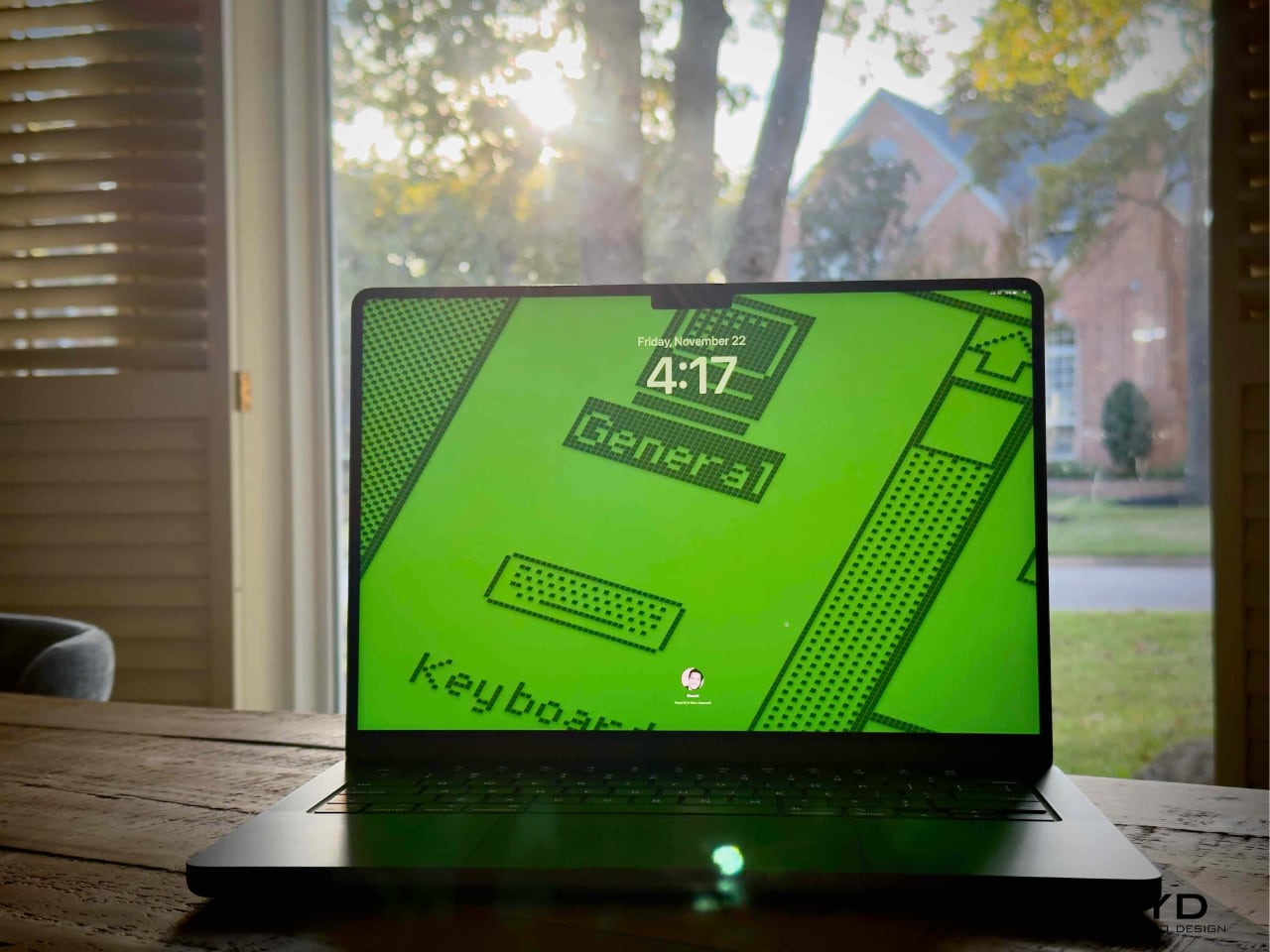
For those already using an M1 Max MacBook Pro, the move to the M4 Pro might feel incremental on paper. But for me, it’s the culmination of subtle refinements: the nano-texture display, compactness of the 14-inch form factor, and even more efficient performance. These changes align perfectly with all my daily needs. It’s about having reliable tools that enhance my workflow and make my day-to-day tasks more efficient.
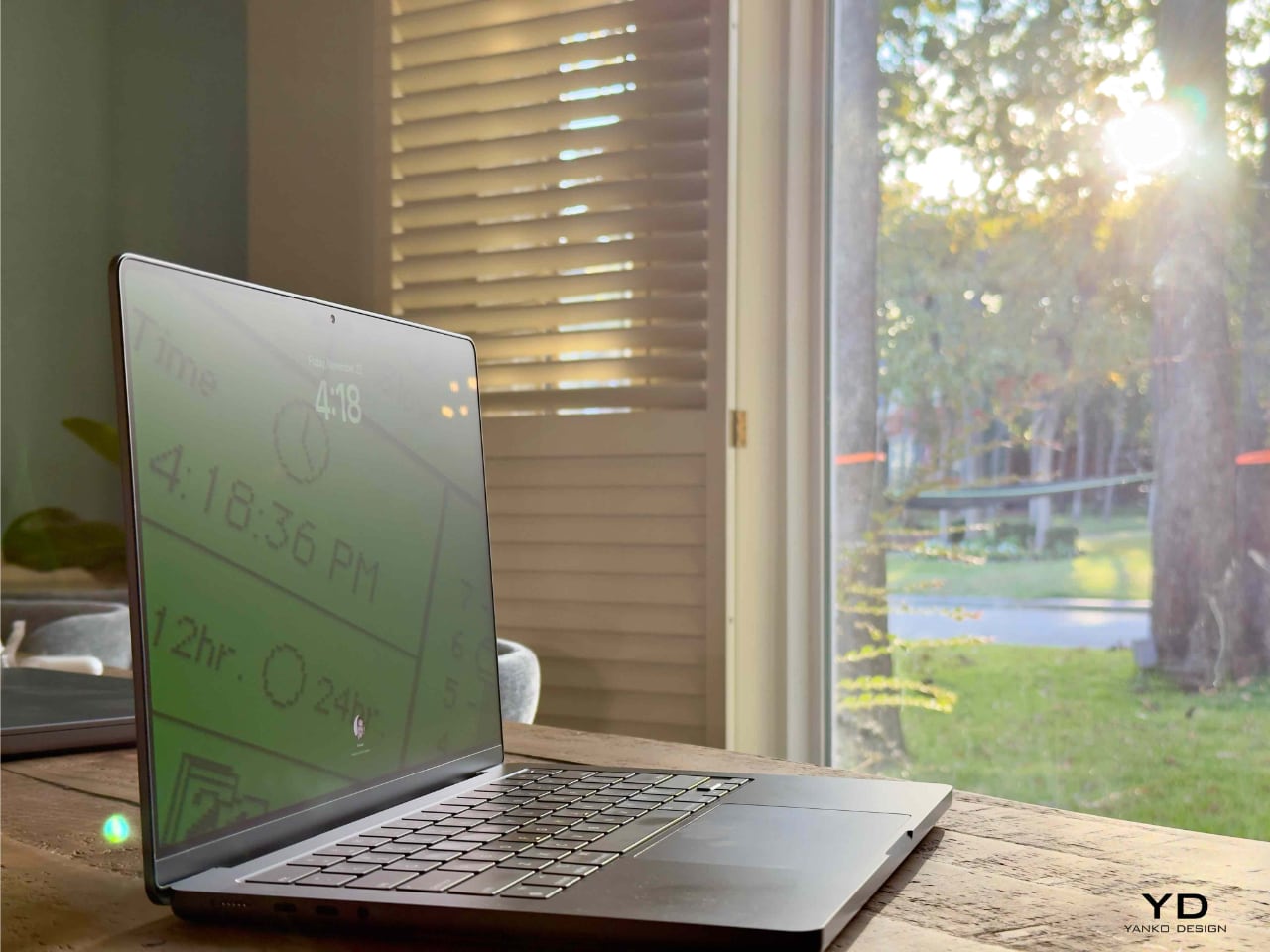
The M4 14-inch MacBook Pro is a reliable and essential part of how I create, edit, and collaborate every day. This is just a rough hands-on, and the full review is forthcoming. I have a trip to Japan, China, and then Dubai in the next few weeks back to back, and I can’t wait to put it through real-world tests. Starting at $1,999, with the nano-texture display option adding $150, it’s an investment that feels justified every time I power it on. For anyone who demand the best from their gear, this MacBook Pro delivers an experience worth every dollar.
The post Hands-On with Nano-Texture Display: Why the M4 Pro Chip Makes the MacBook Pro the Best Laptop Yet first appeared on Yanko Design.

